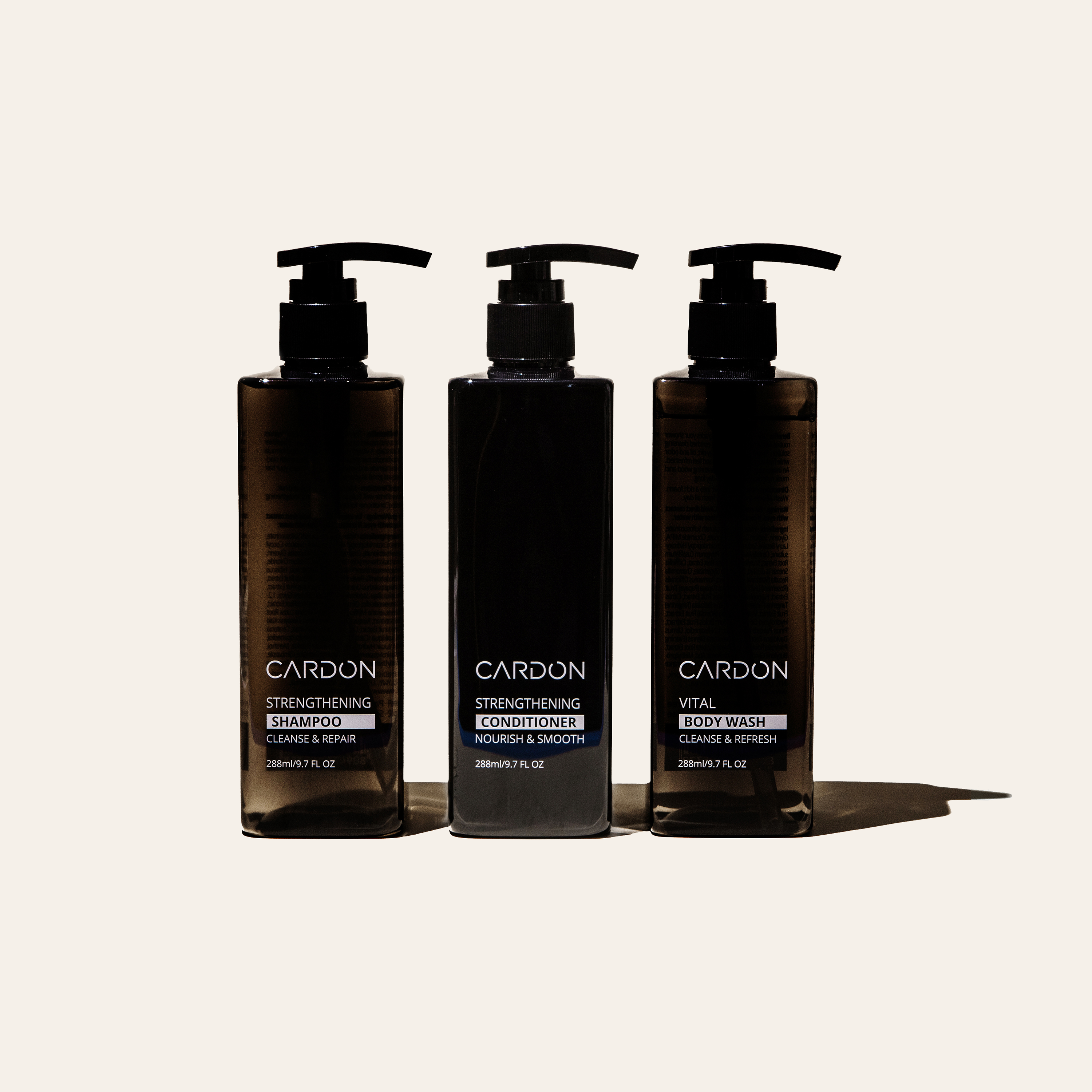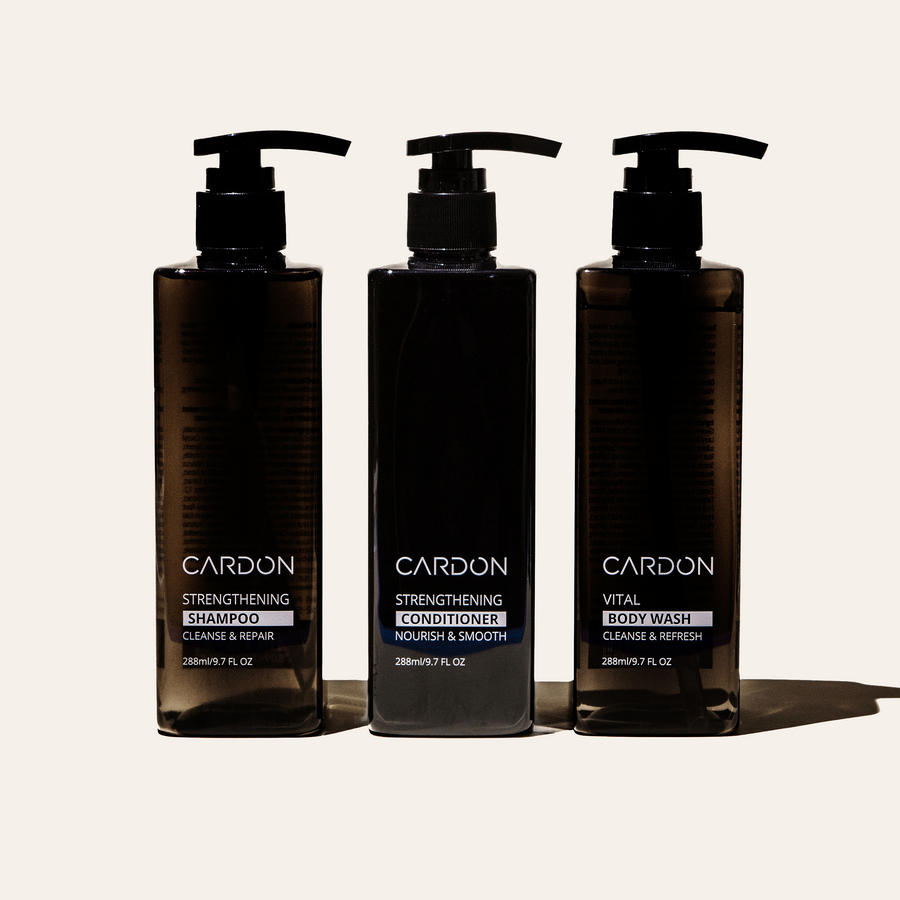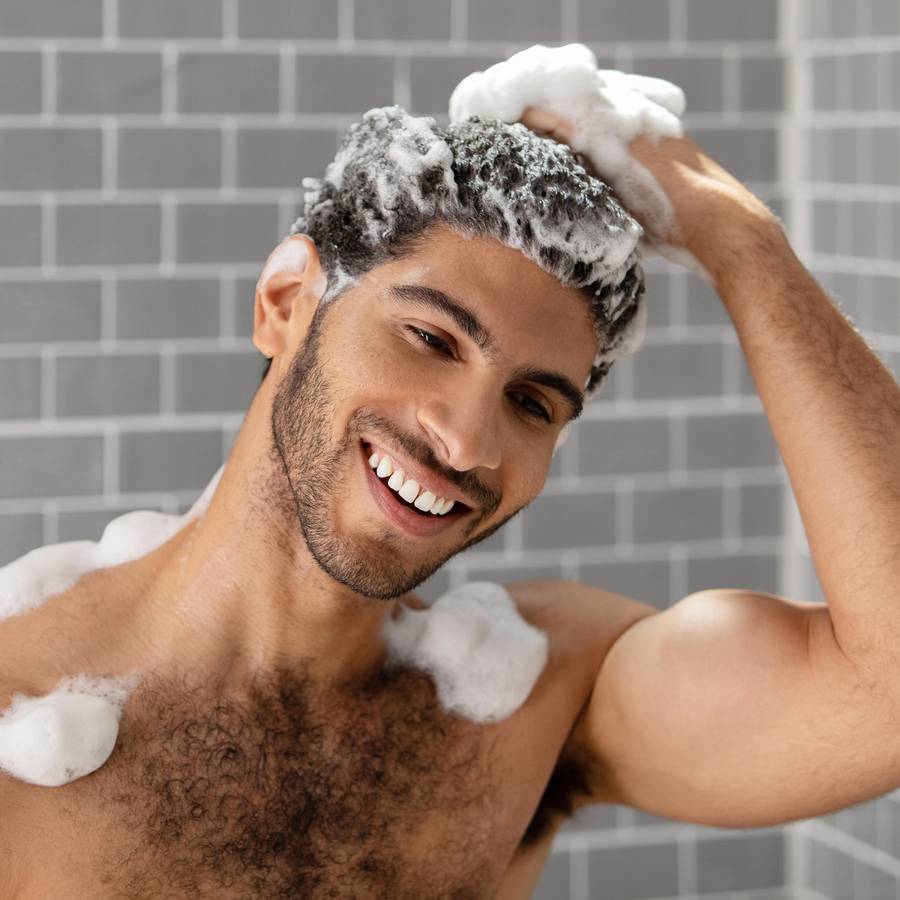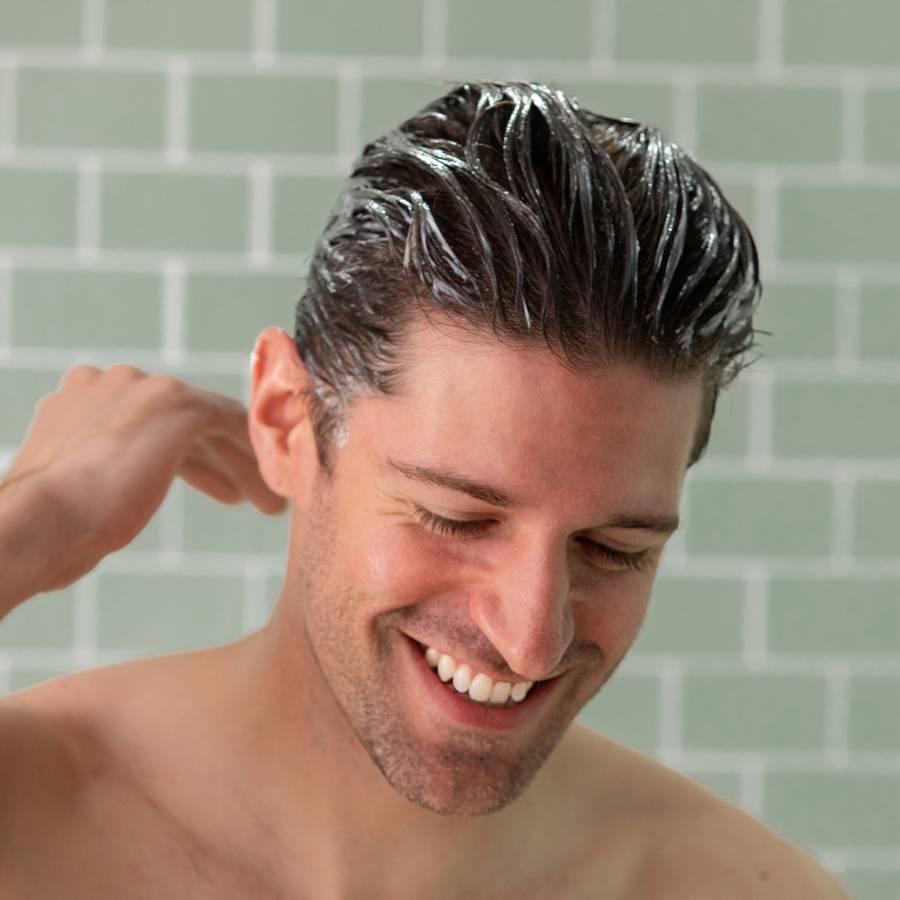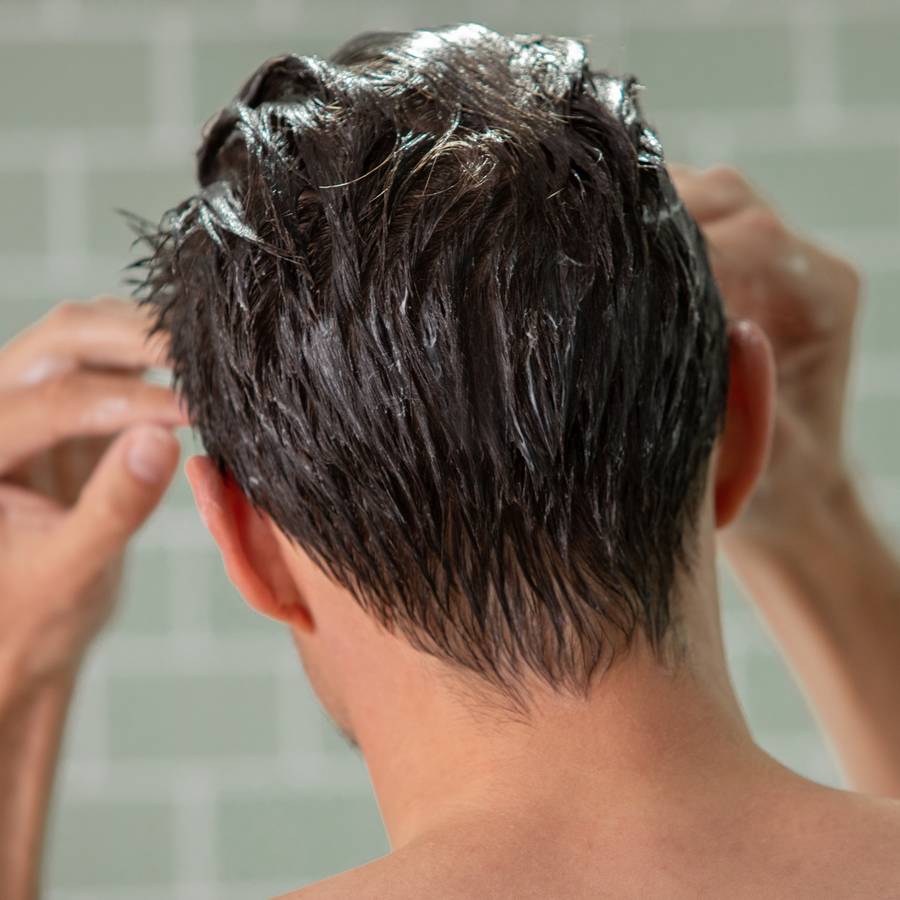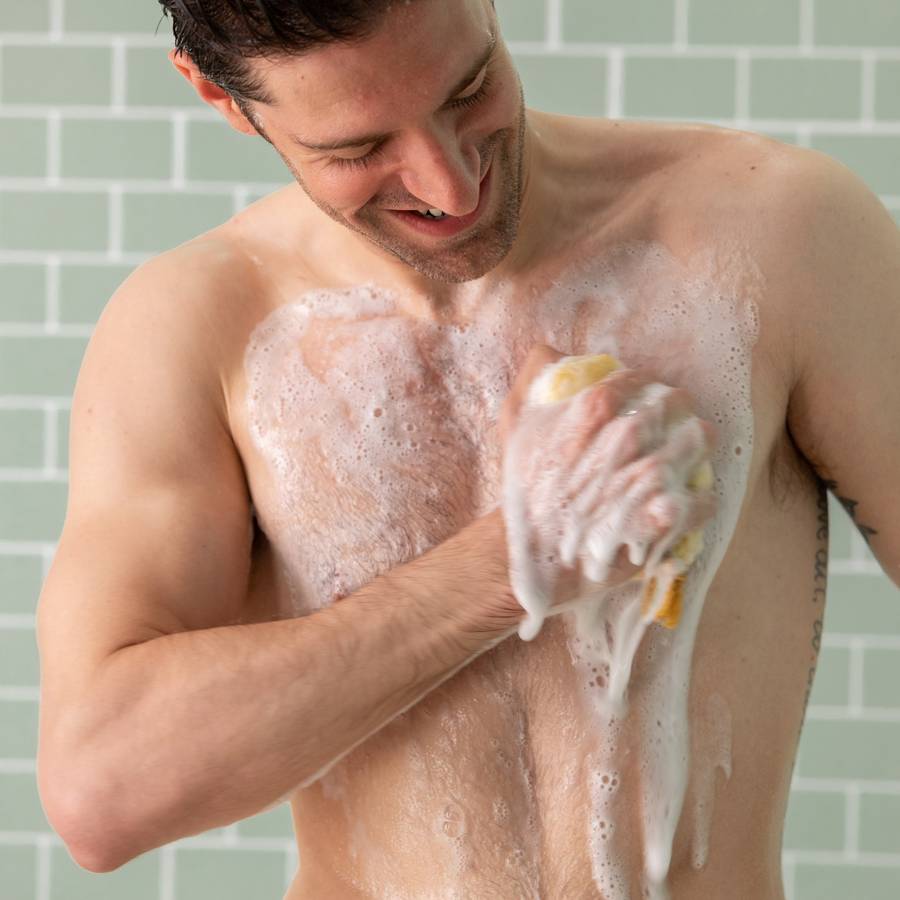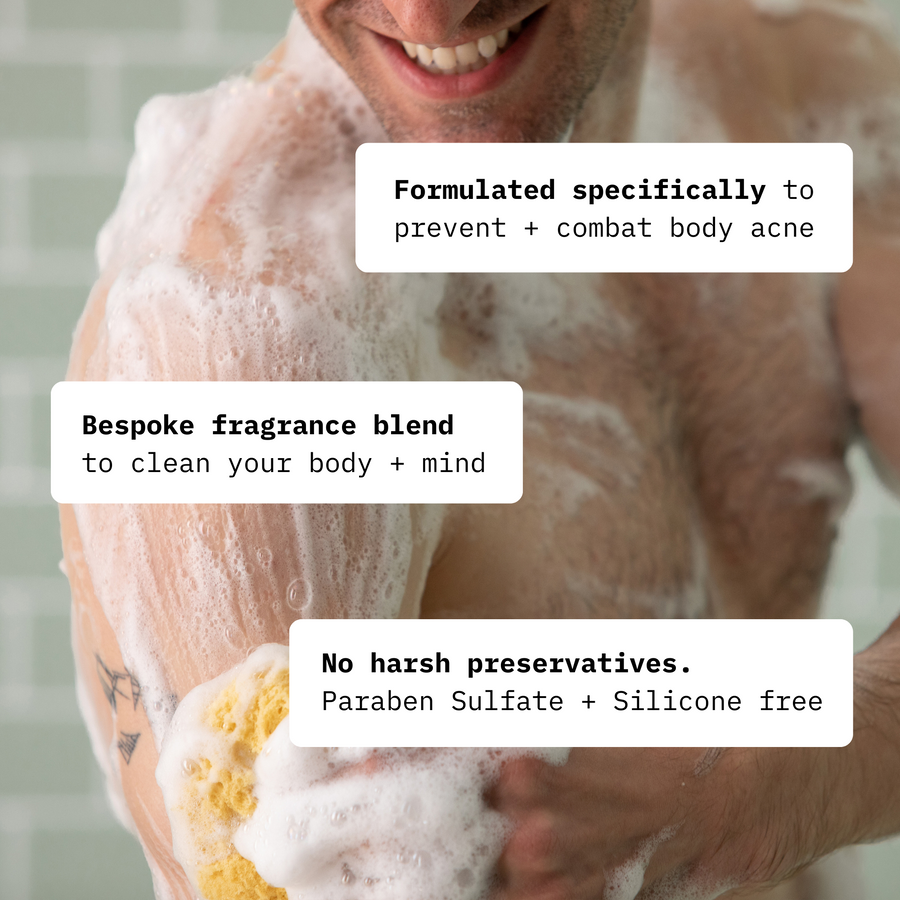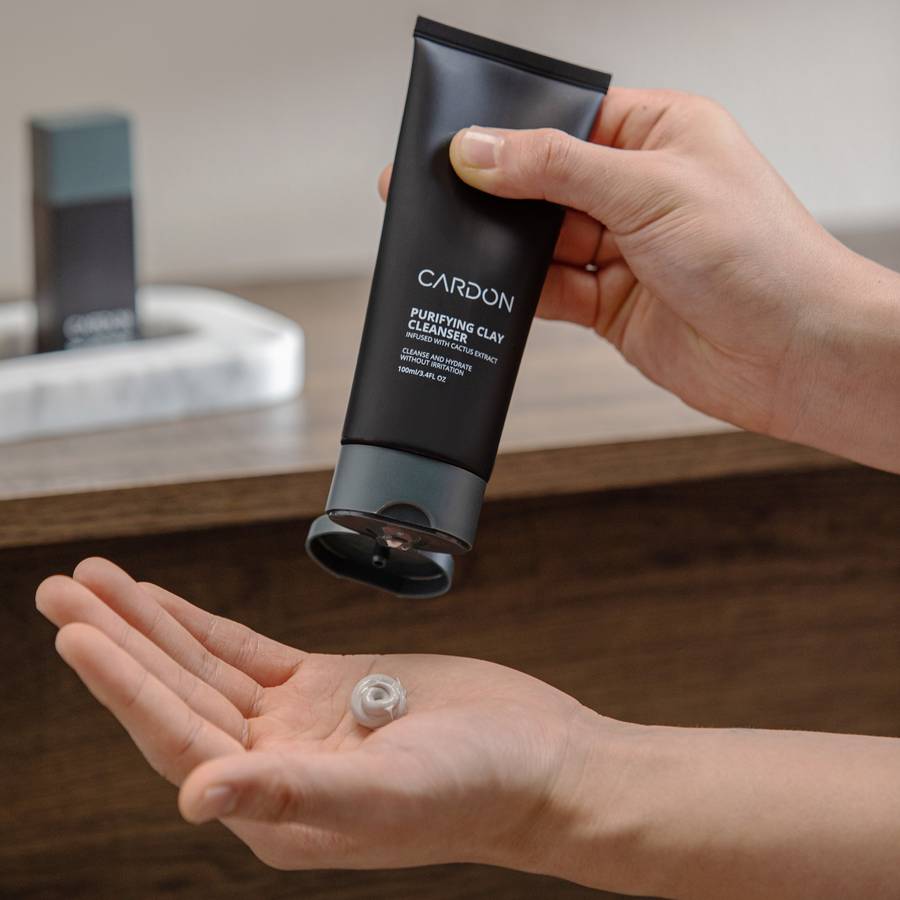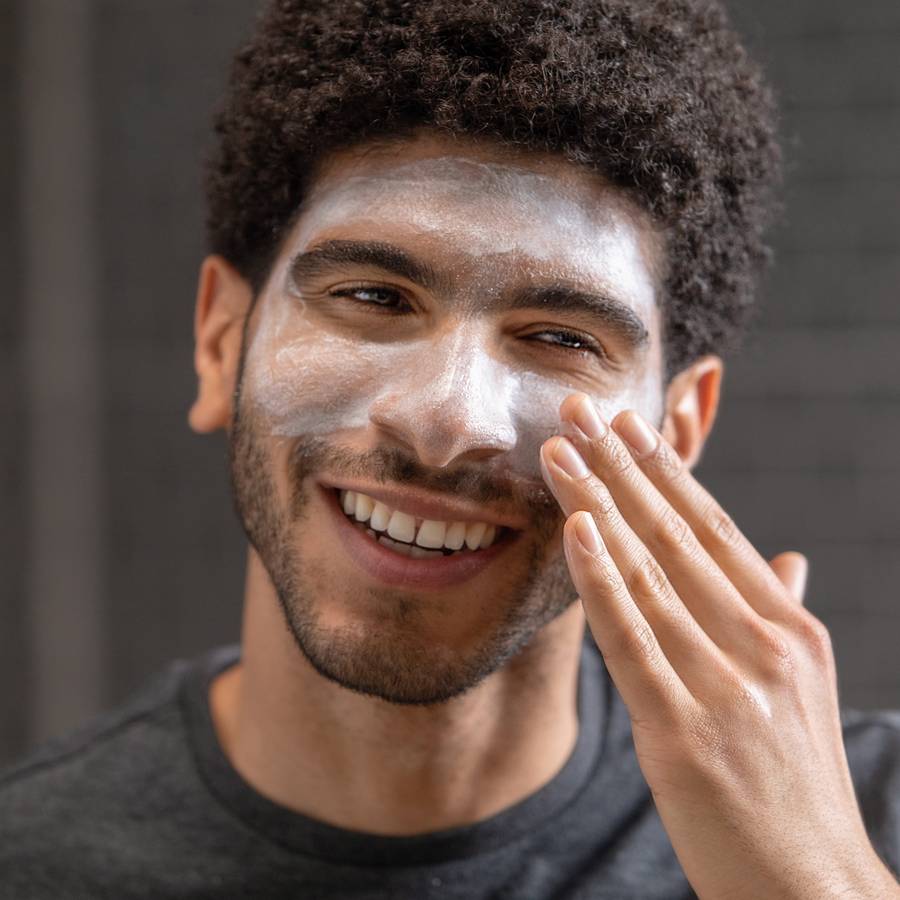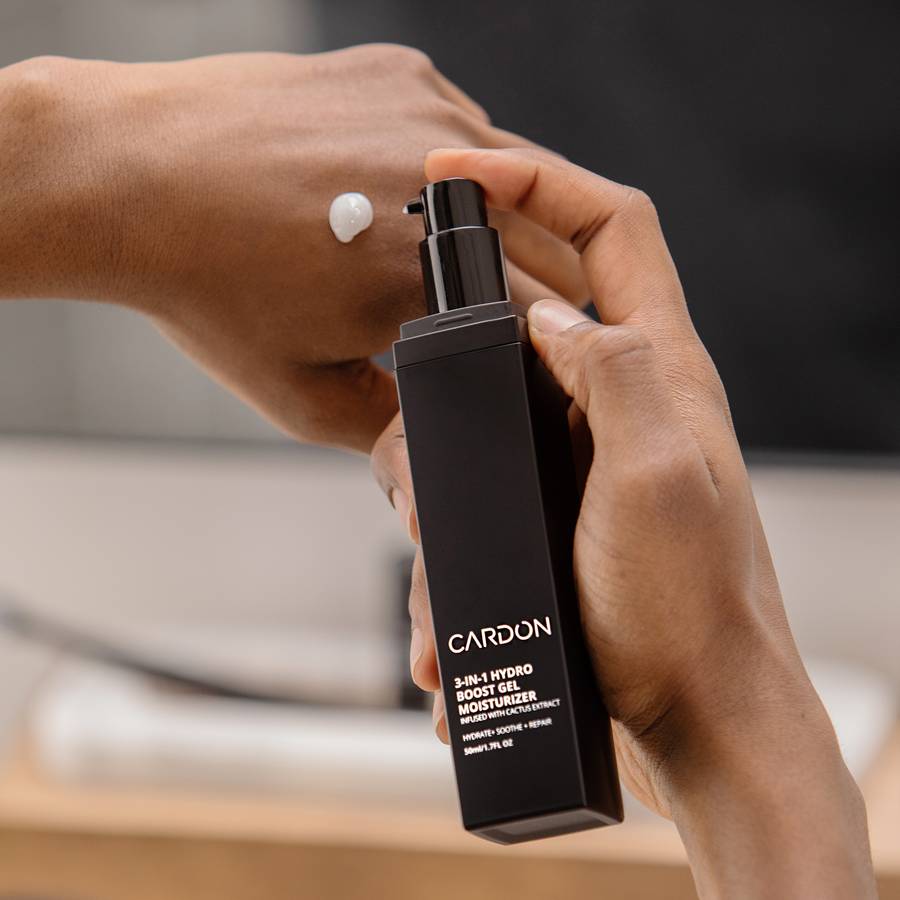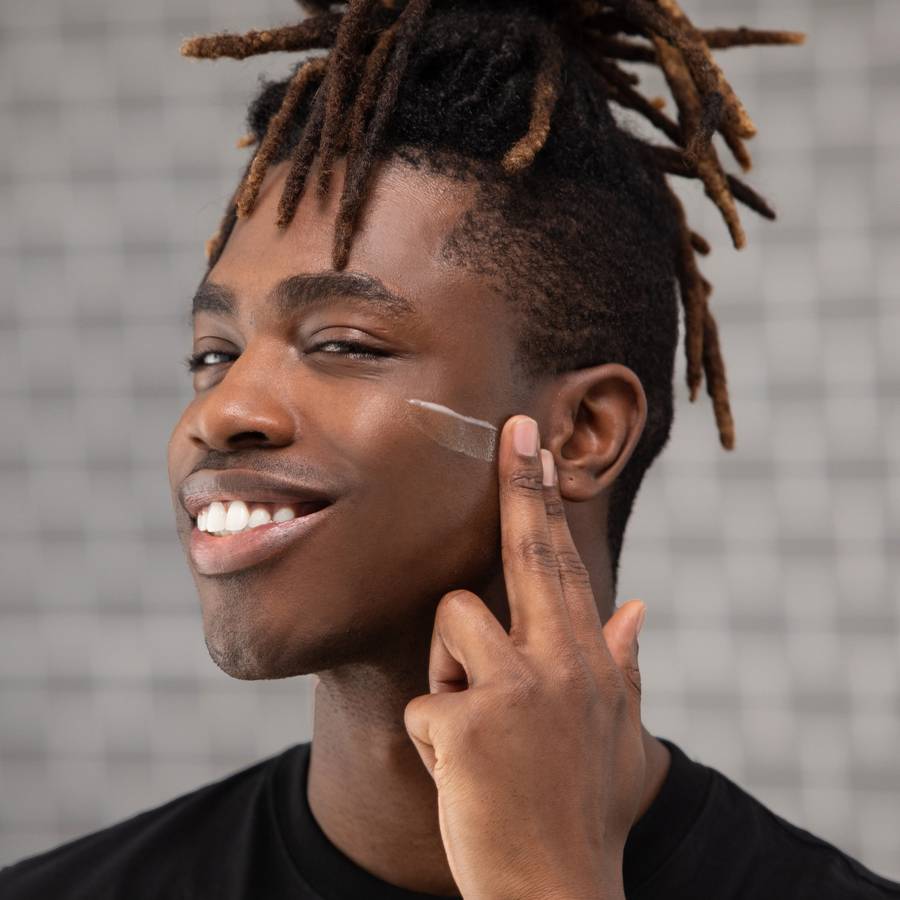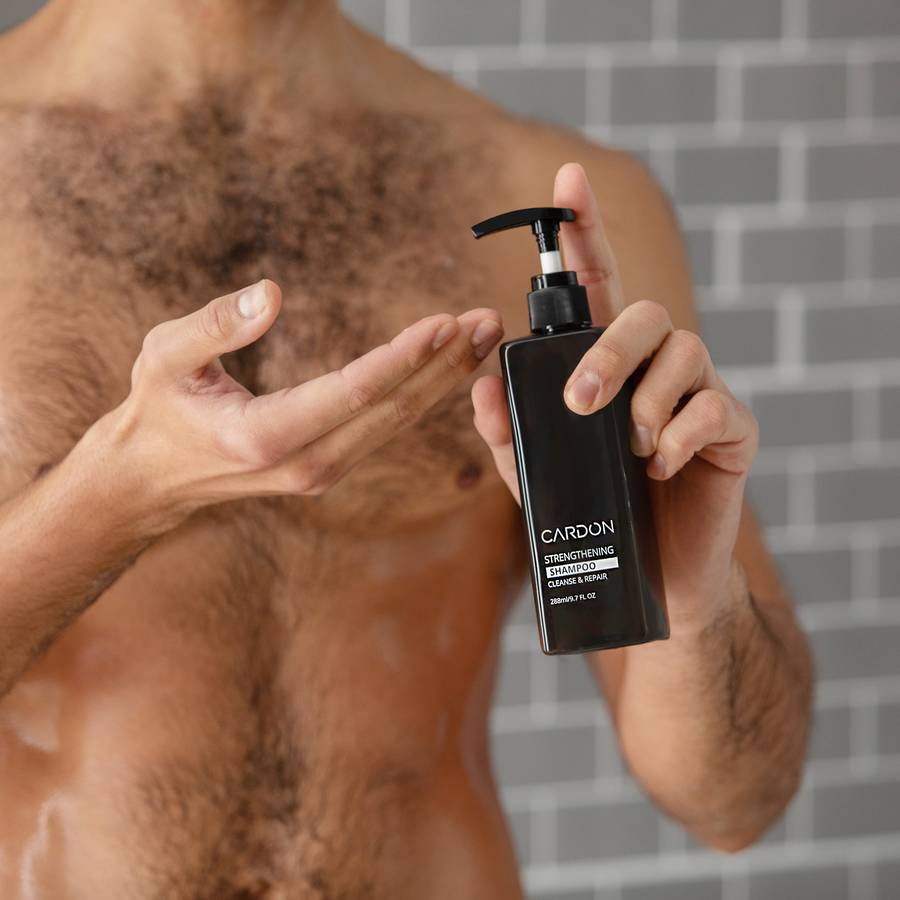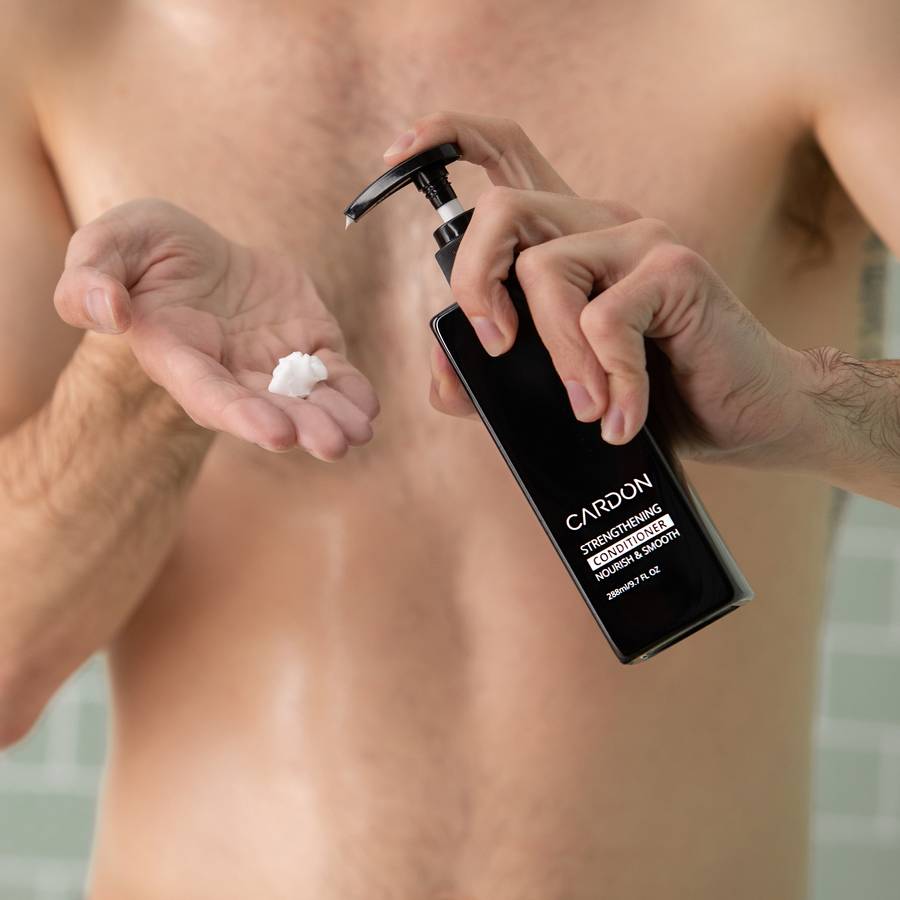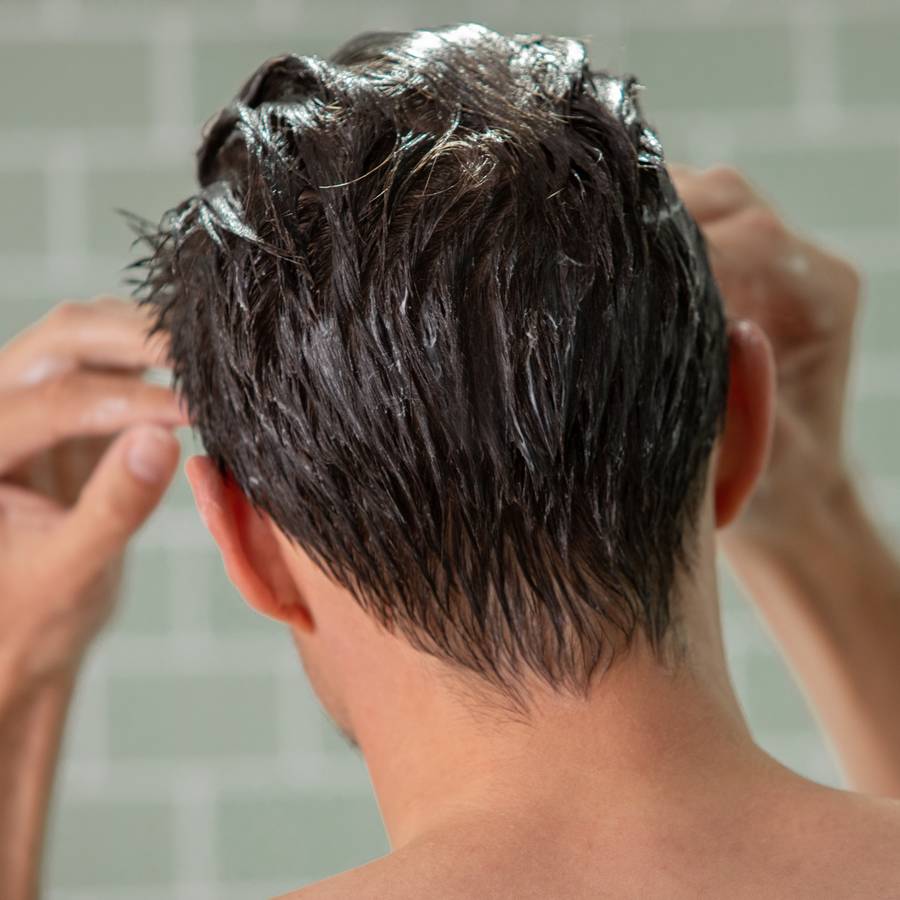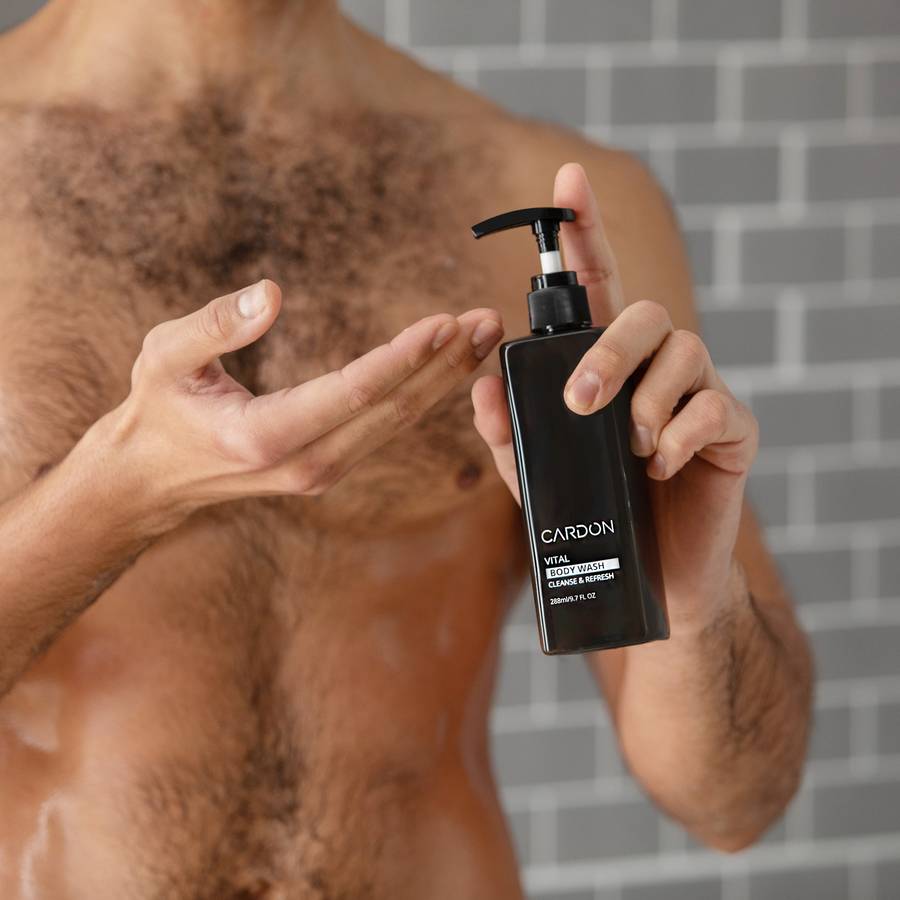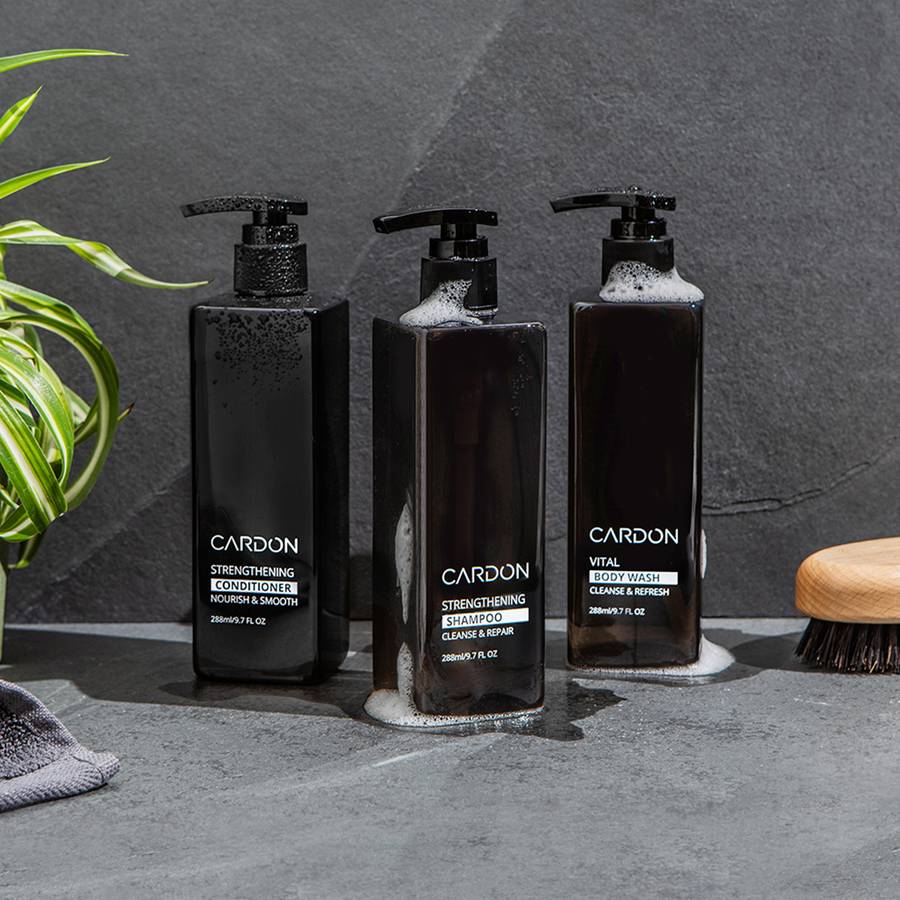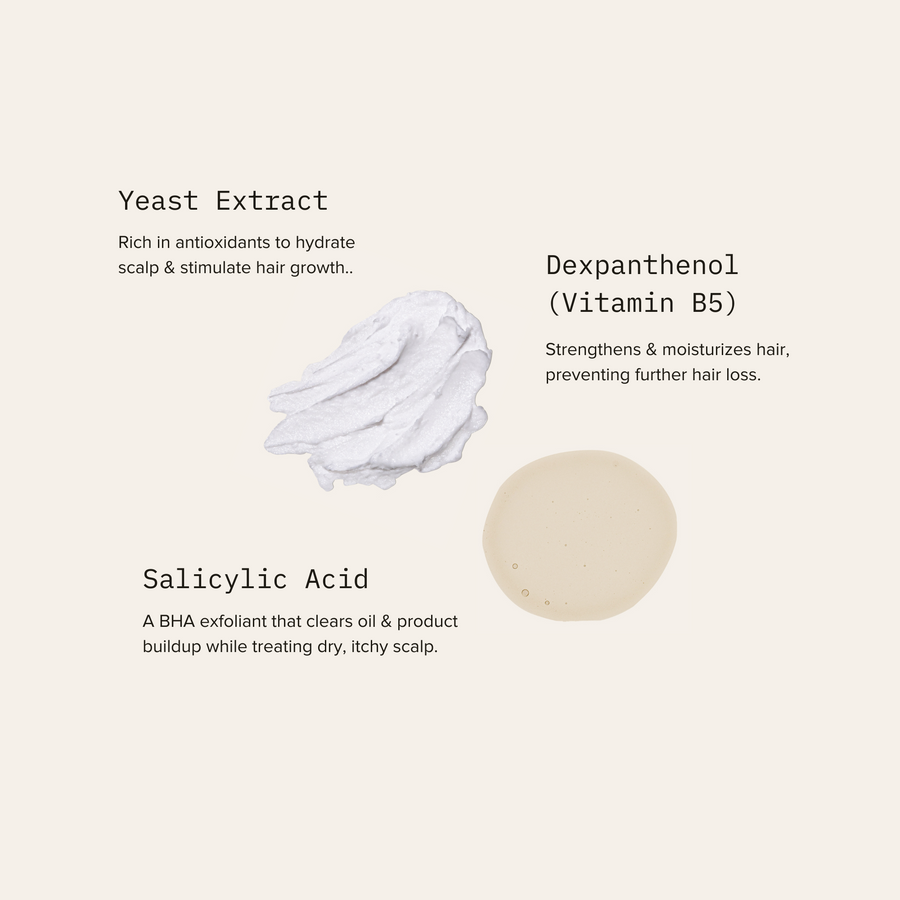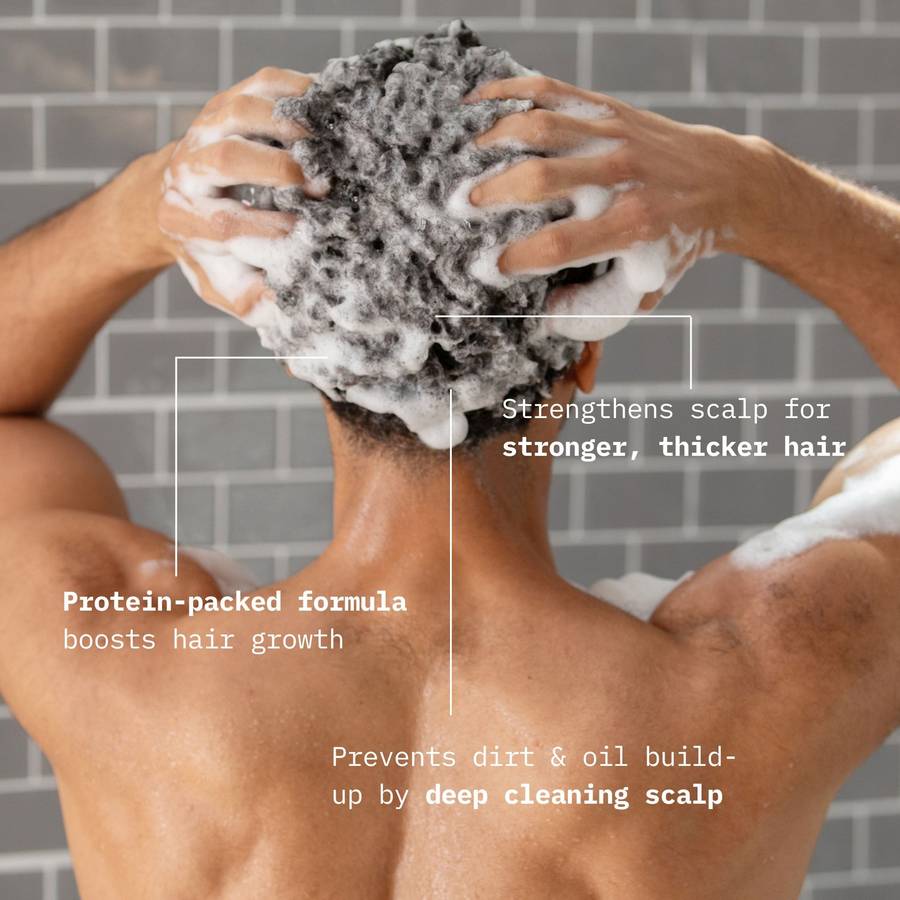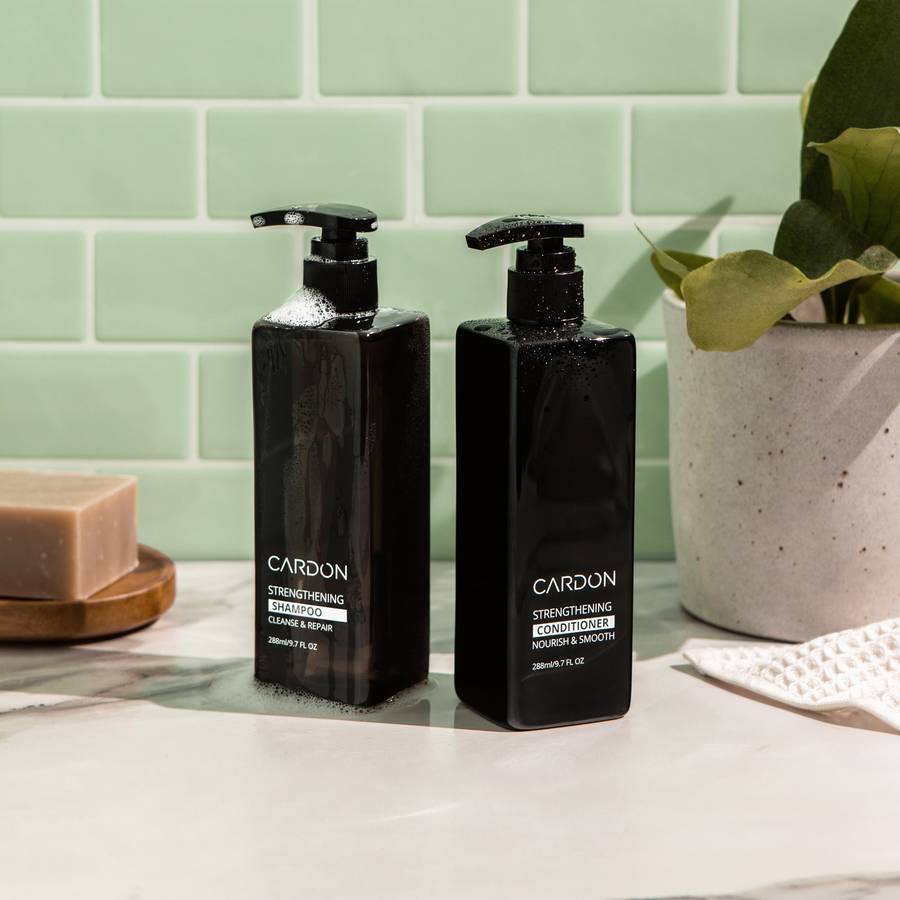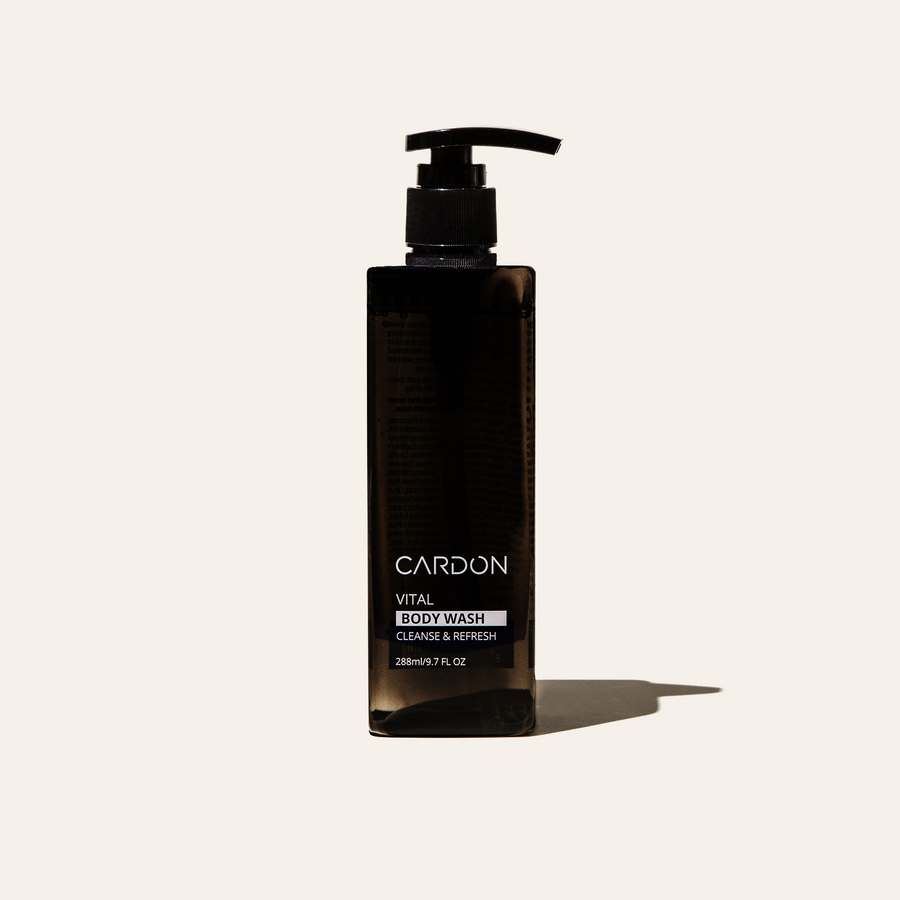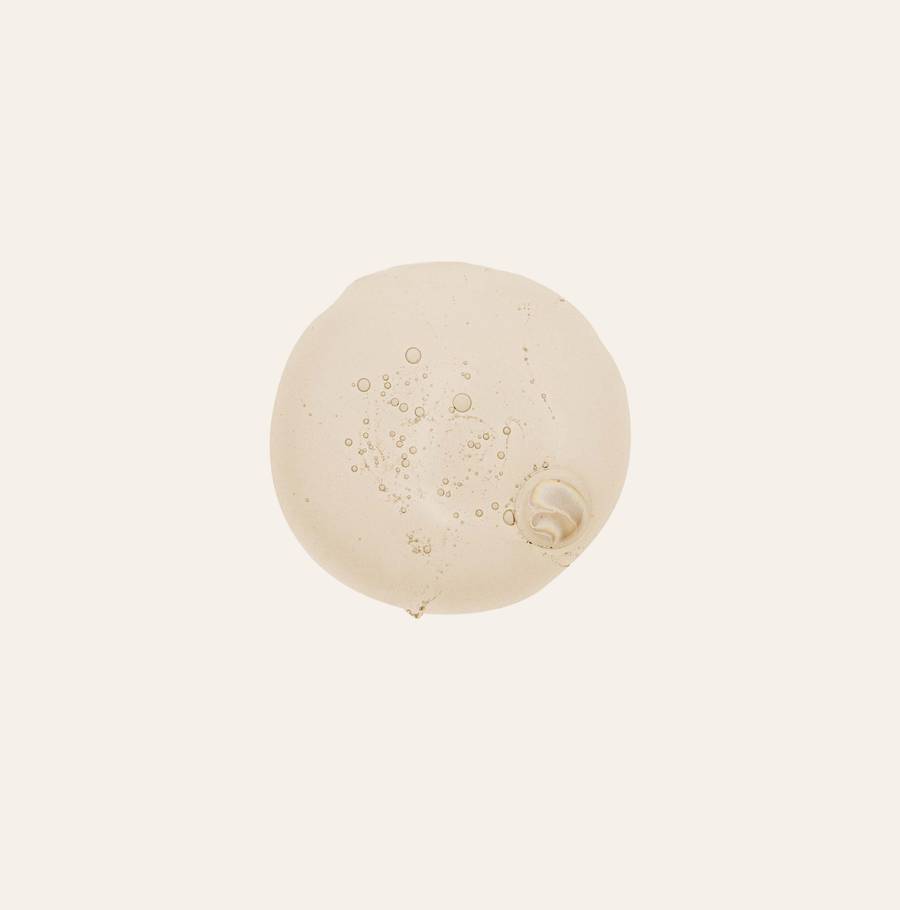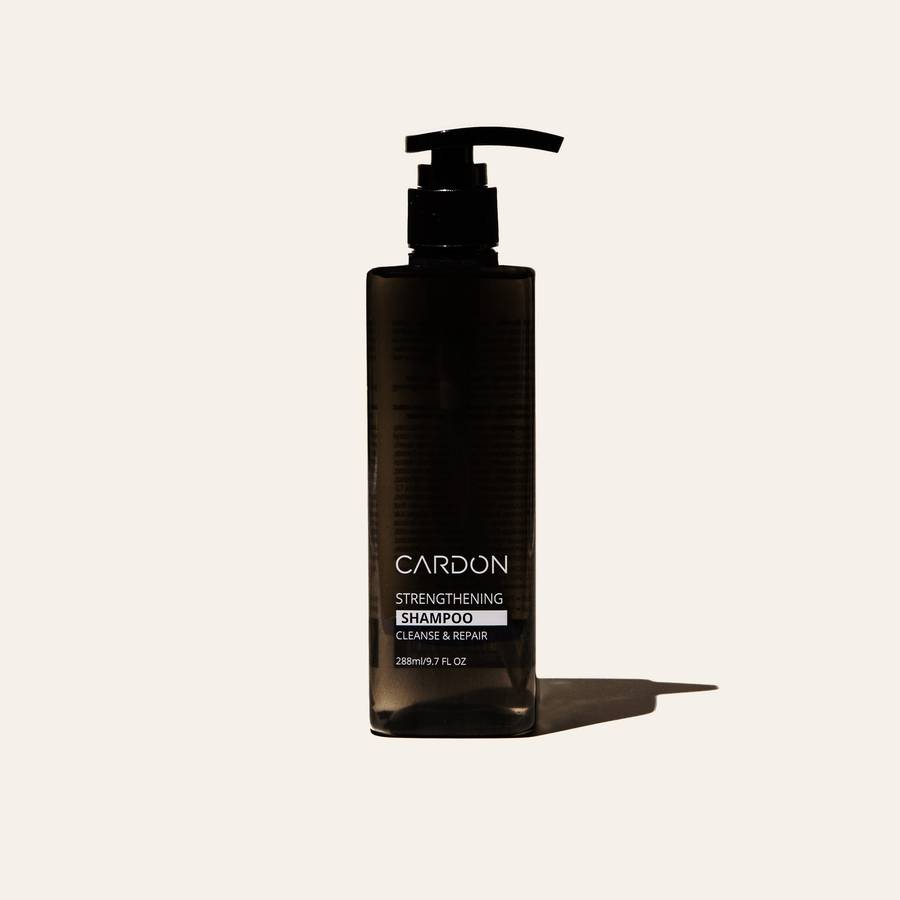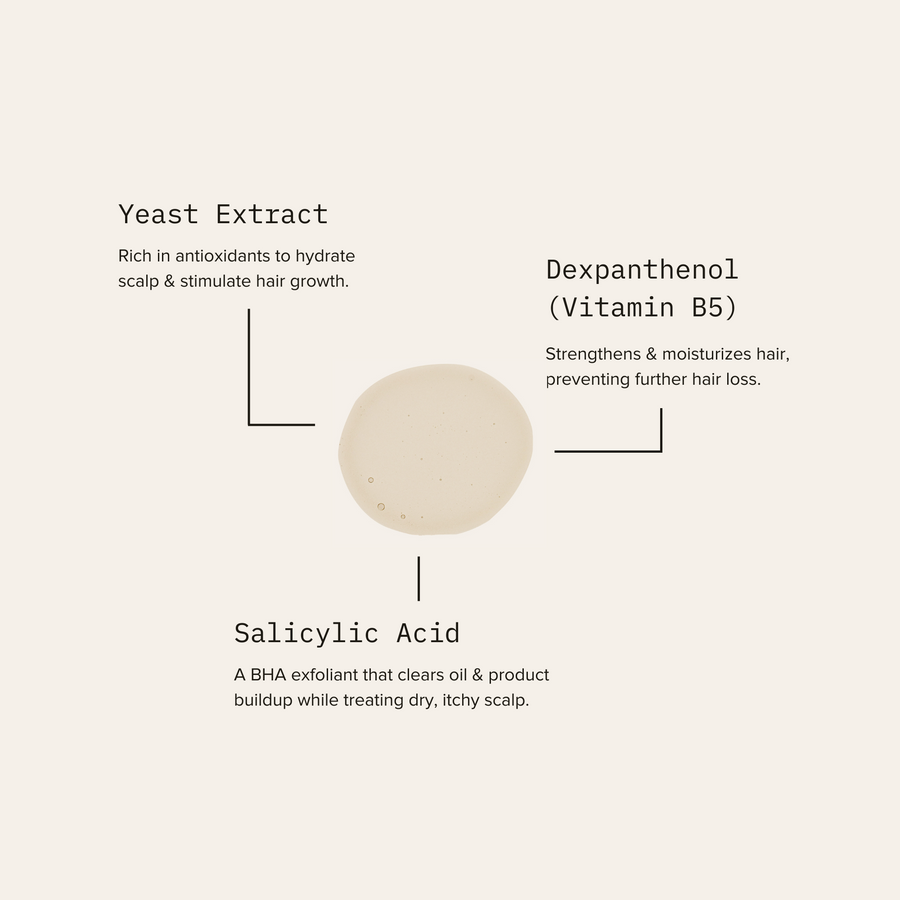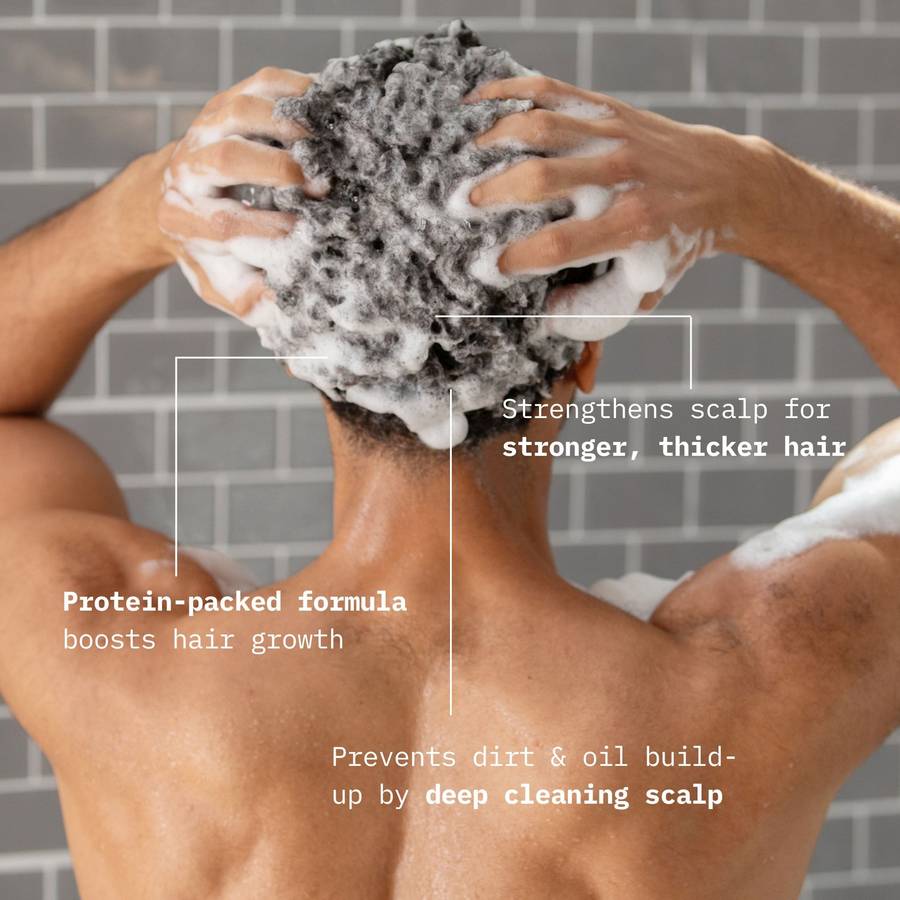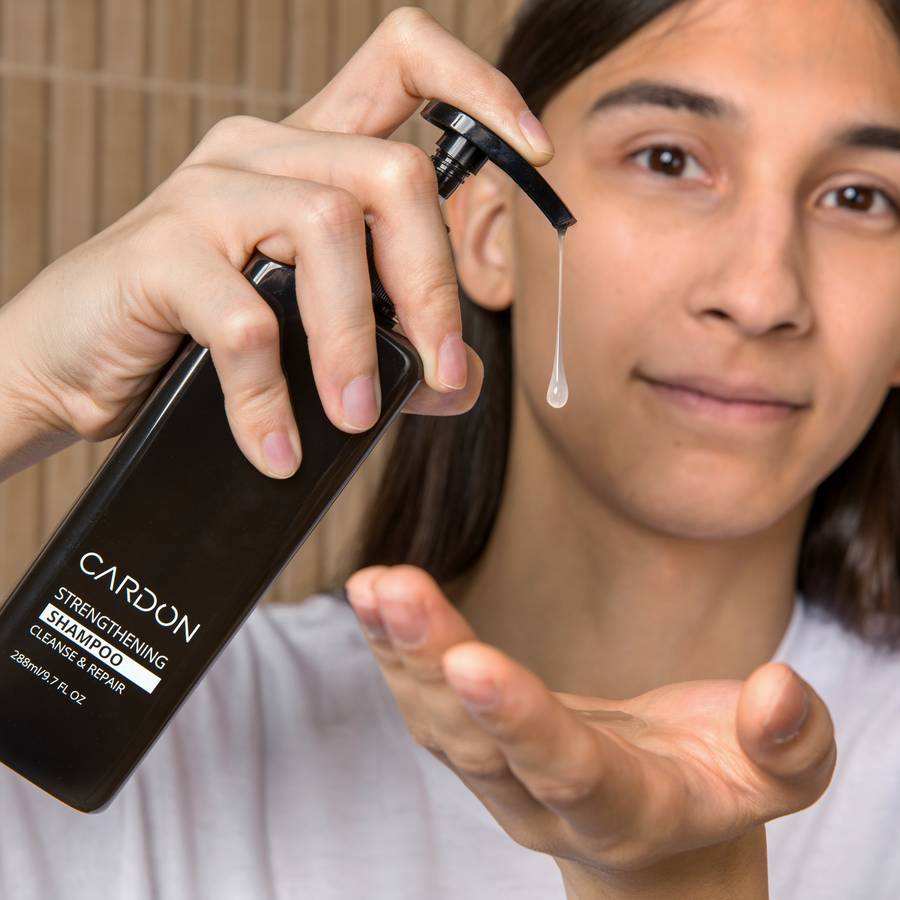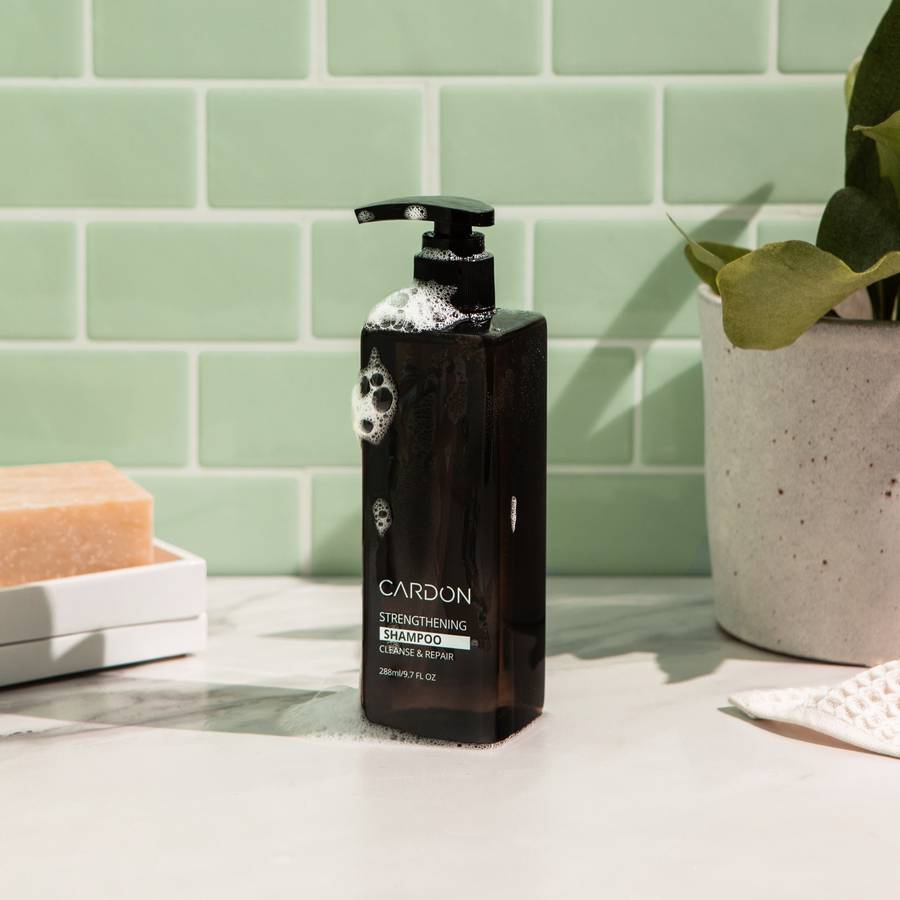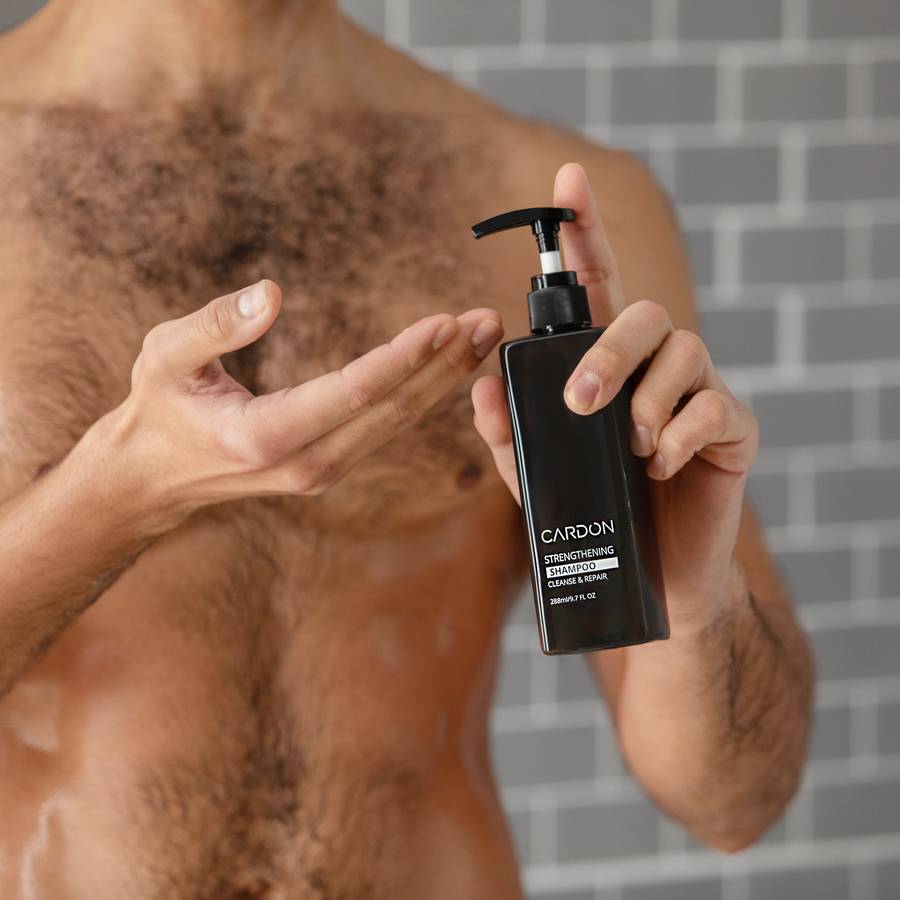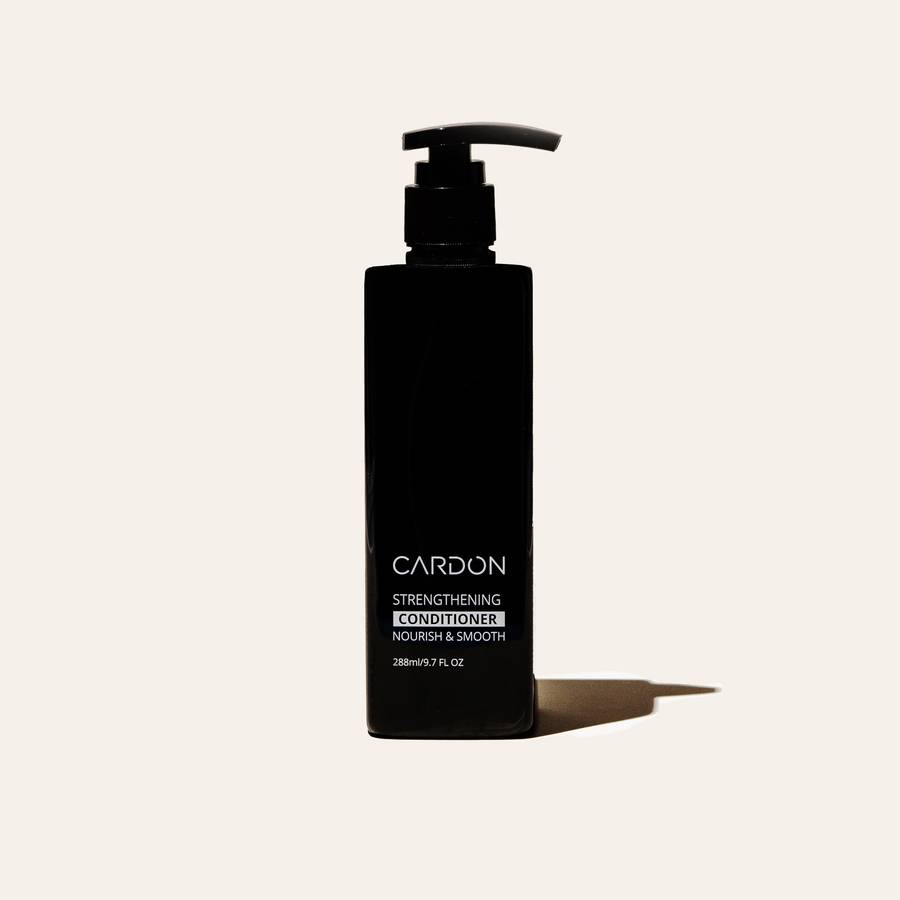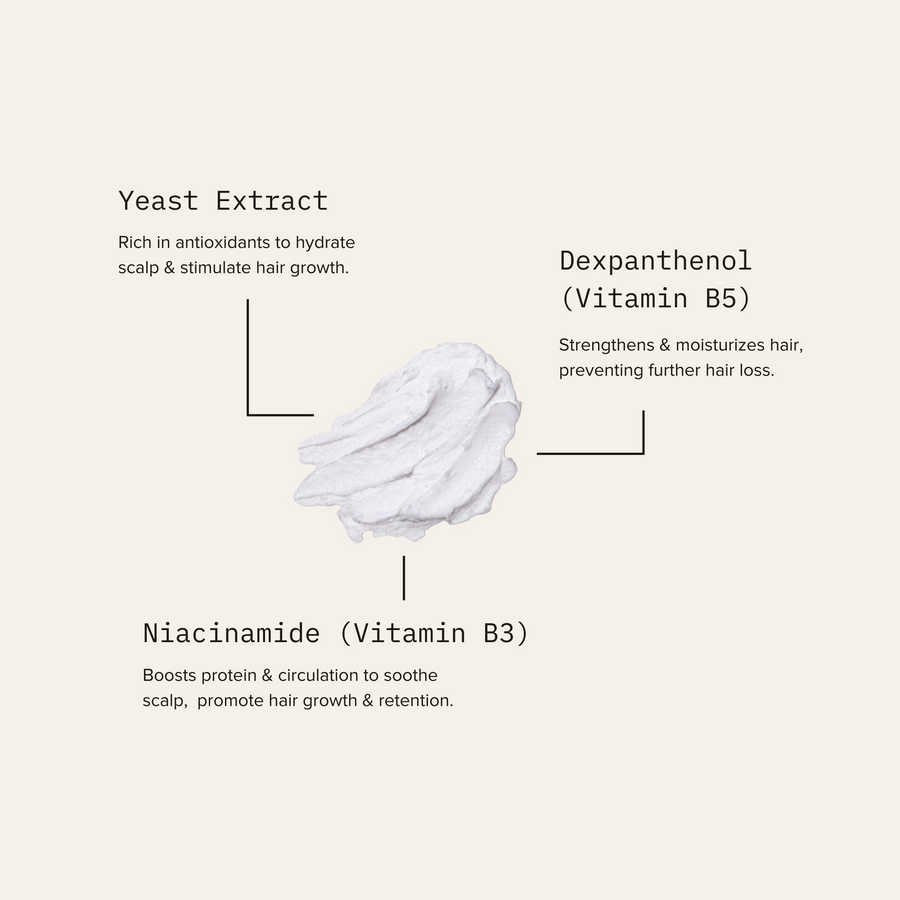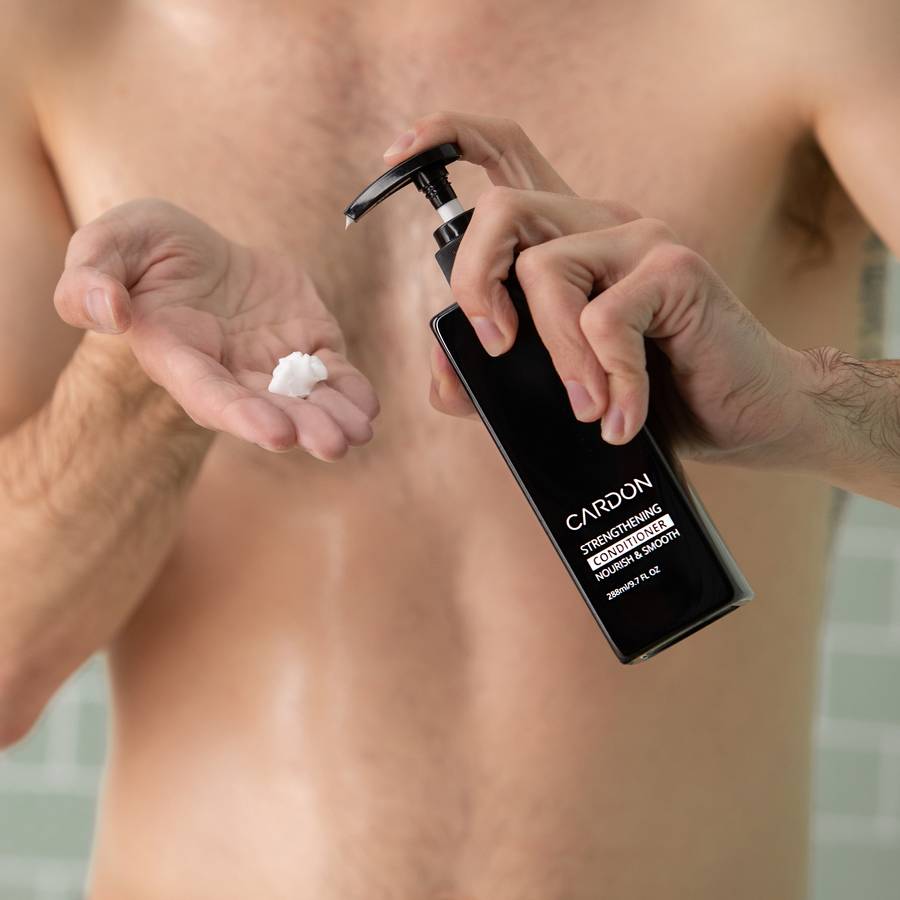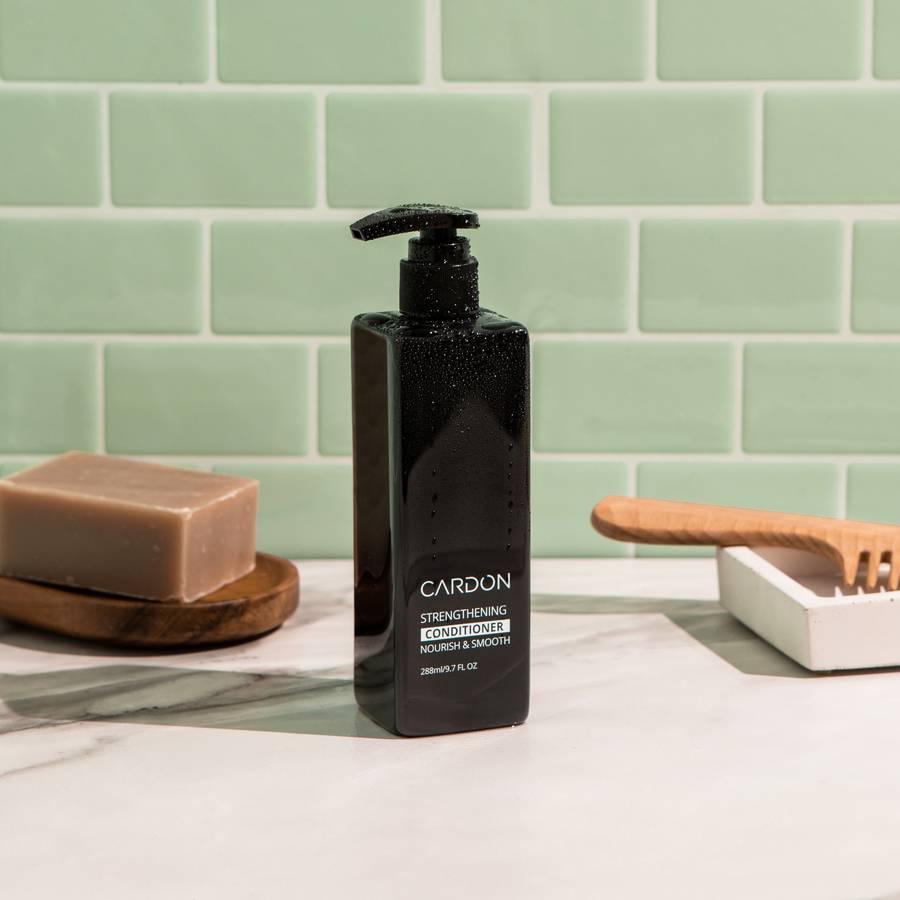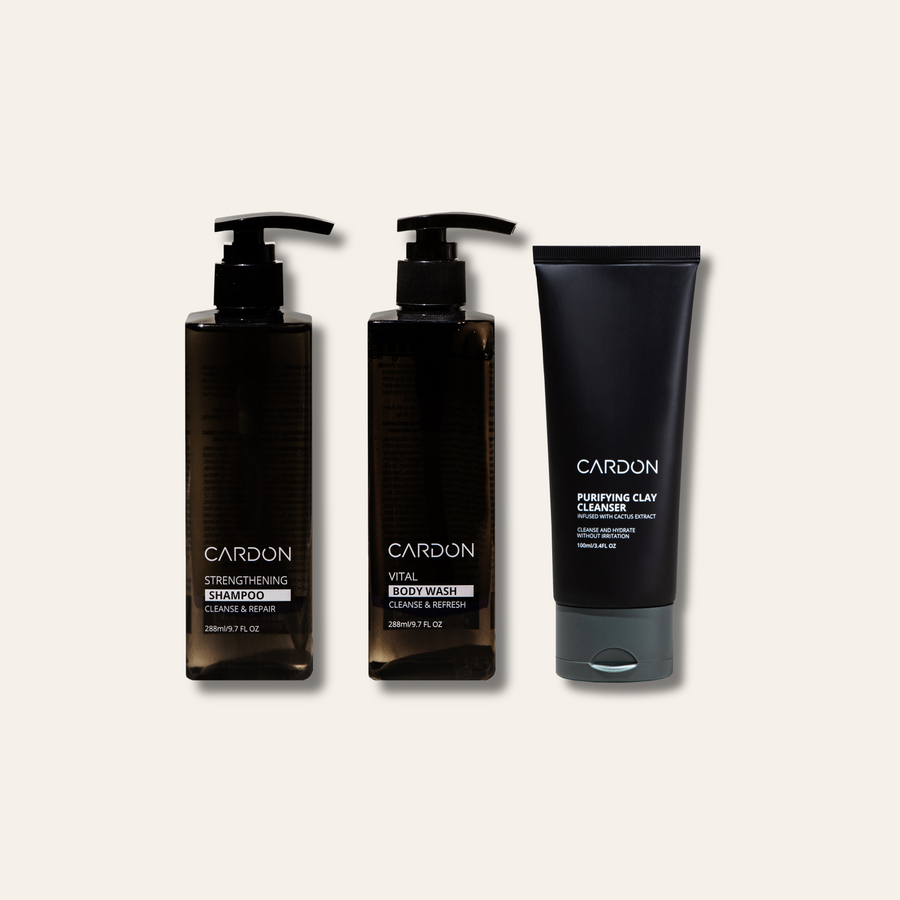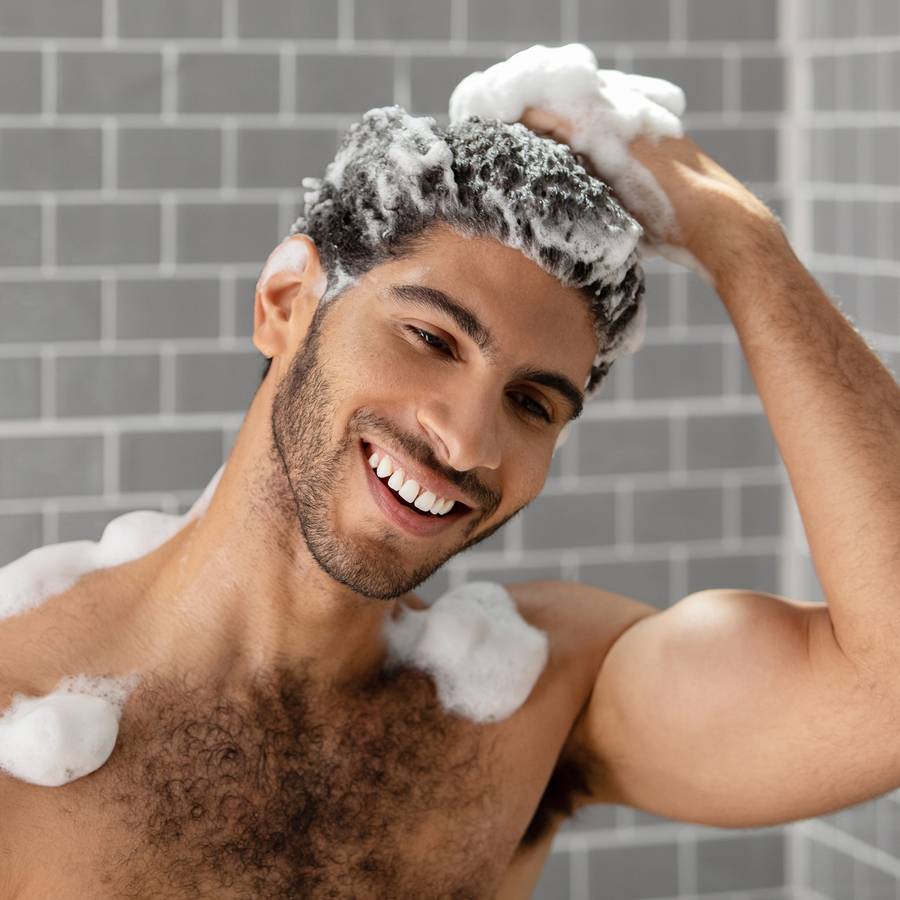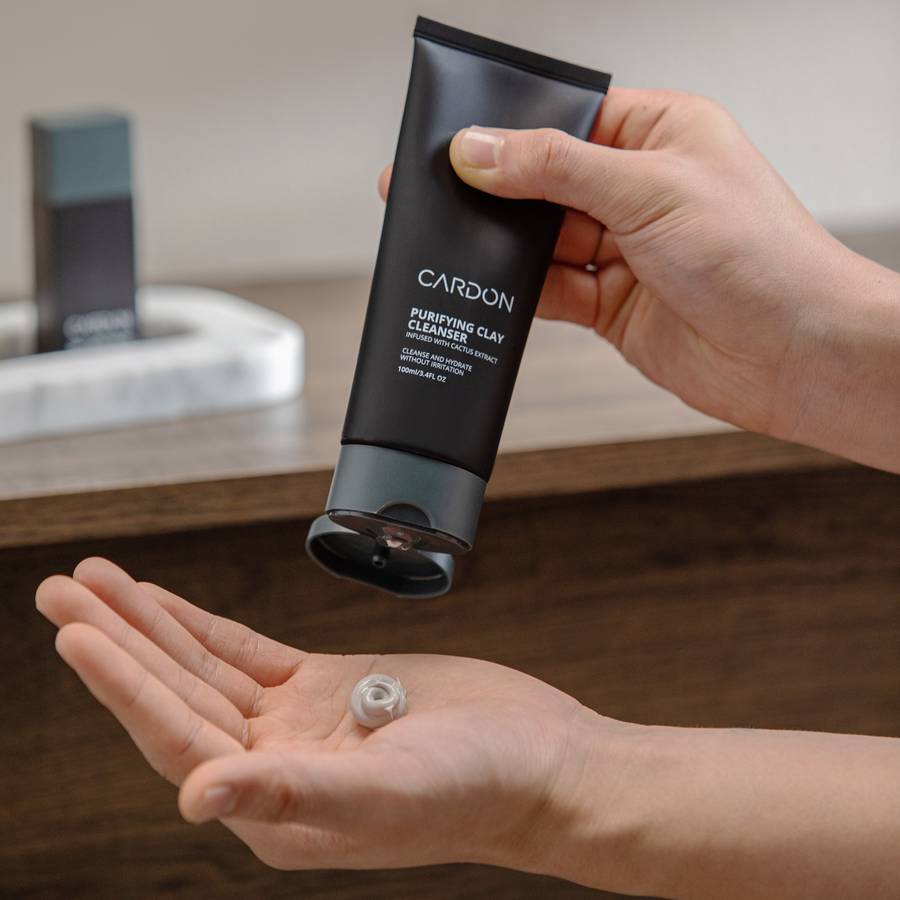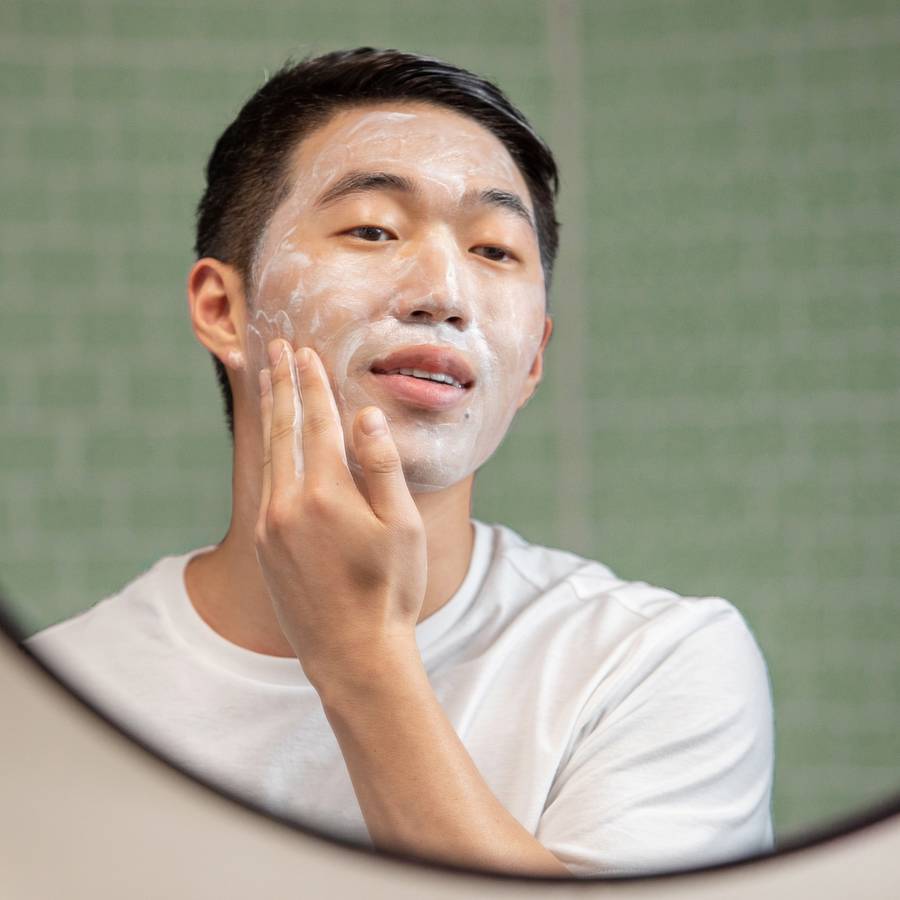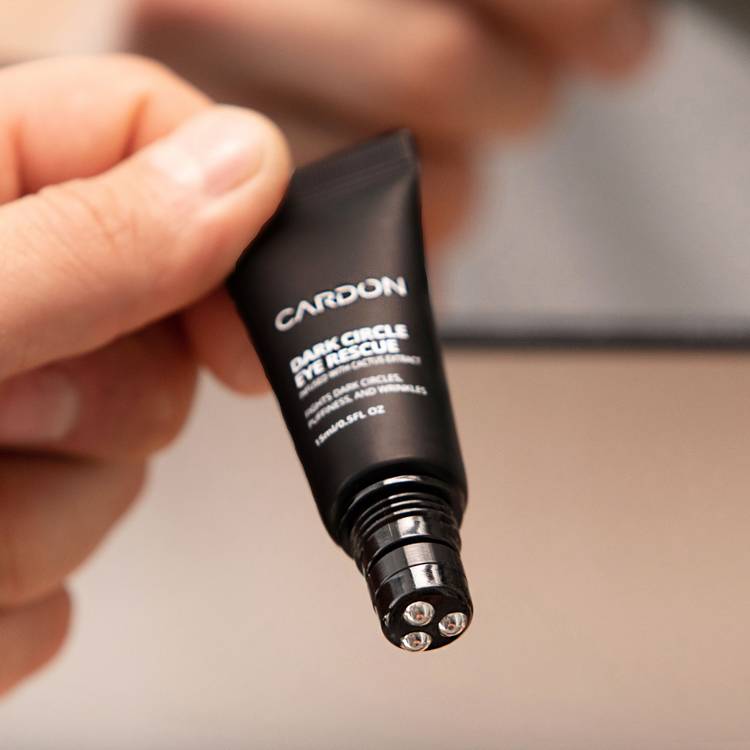How to Prevent and Treat Hair Loss
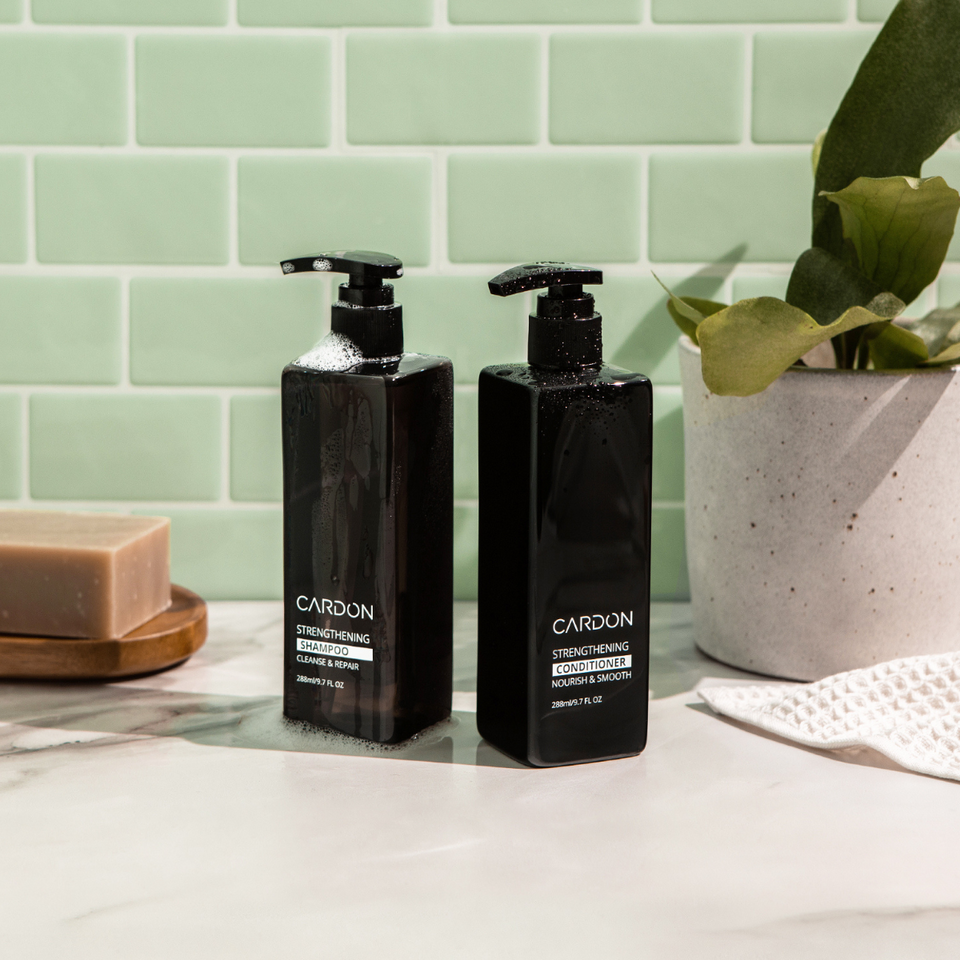
If you’ve noticed lately that your hairline or hair density just aren’t what they used to be, then take a deep breath, don’t panic, and vow right now that you’re going to do what is in your power to prevent further hair loss. The good news is that there is a lot within your power to treat hair loss and prevent further thinning, and you can get started on it today.
The even better news is that you can often regain some of the lost density, assuming you lost the hair in the last year or two. In cases of recent thinning, the hair follicle is merely dormant for some time before it fully whittles and dies. And in this window of time, you can resuscitate the follicle and grow a perfectly strong, anchored hair—multiplied by the thousands of dormant follicles around your dome. (That being said, anything you’ve lost to recession will stay gone; only thinning can be reversed. However, you can stop the recession in its tracks with these same tips, so don’t give up hope!)
Here are the best tips to prevent and treat hair loss.
1. Remember, Hair Care Starts with Scalp Care
One thing that many men forget is that their hair is a bunch of dead cells—and it’s actually the follicle and its scalp-anchored environment that influence hair health and growth. For this reason, you need to prioritize scalp care in order to grow your fullest, strongest hair. (Think of it as the earth from which your hairs sprout.) So, choose a shampoo and conditioner with the right active ingredients—anything that soothes and prevents irritation, while also fortifying follicles for fuller growth. (The second one will typically benefit hair strands in the same fell swoop.)


Cardon put the scalp at the forefront of its hair regimen, by including niacinamide, dexpanthenol, and salicylic acid in its shampoo and conditioner alike, which together neutralize irritation, inflammation, oil buildup, and microbial breakouts. On top of that, our formulas match the human skin’s natural pH levels (approximately 5.5), meaning they won’t dry out or irritate the scalp. So, your daily regimen works in favor of hair growth and scalp balance, rather than aggravating these things.
2. Talk to Your Doc About Minoxidil and Finasteride
Two of the most successful drugs that treat and prevent hair loss are minoxidil and finasteride. Minoxidil is the generic for Rogaine, and is now available over the counter in formulations of 2% (typically used for women) and 5% (typically used for men). Oral minoxidil options are also becoming increasingly common. Minoxidil works by improving nutrient delivery and circulation to the area of application. In this instance, by applying a few drops around the scalp, you boost overall circulation in the area, and in turn promote stronger, faster hair growth. Secondly, minoxidil extends the growth phase of your hair, so it tends to last longer on your head before shedding and regrowing. (For this same reason, initial use might trigger shedding at the start. Don’t be alarmed if you notice more fallen hairs in your bathroom sink in the first few weeks of minoxidil use. It will all grow back in the next couple months, fuller and stronger than ever.) Minoxidil is especially successful at reviving dormant follicles that have seemed “lost” in the previous year or so.
Finasteride, on the other hand, is the generic for Propecia. It must be prescribed and monitored by a dermatologist, since roughy 1-2% of men experience sexual side effects (which are usually reversible when treatment ceases). Finasteride blocks the conversion of testosterone into dihydrotestosterone, or DHT, which is what is responsible for suffocating follicles. It can be used in tandem with minoxidil to keep a full, healthy crown of hair, but is the more effective of the two at preventing further hair recession. It is typically prescribed as a 1mg daily tablet, though topical solutions are becoming more and more common, and also seem to have fewer sexual side effect risks.
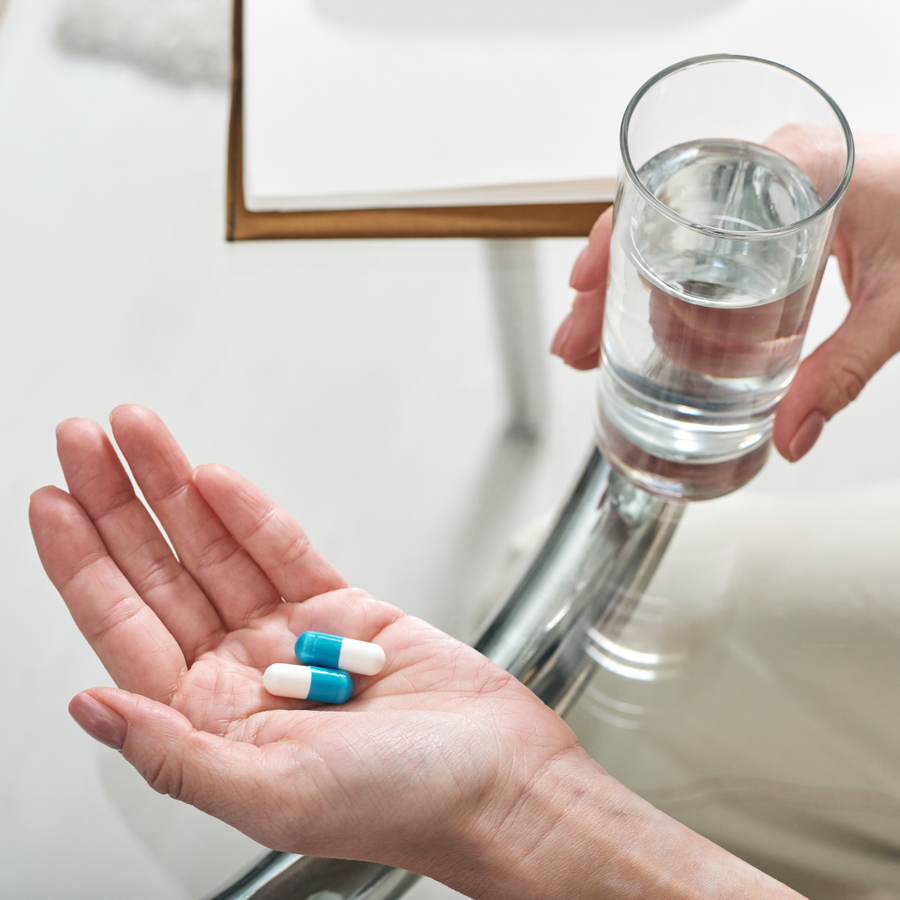

Talk to your doctor if you are interested in either or both solutions, and to build a plan that works for you—and that can be easily monitored by your dermo. In both cases, it can take as many as 5 or 6 months to notice fuller, denser results, since you need to wait for the dormant follicles to wake up, and for existing hairs to grow thicker and stronger.
3. Consider PRP and LLLT
Two other treatments to speak about with your doctor are PRP and LLLT, or platelet-rich plasma and low-level light therapy. In short, PRP involves extracting the plasma from a blood sample, and then injecting it around the scalp. Your plasma has unique growth factors that can significantly boost follicle health and hair growth, so this process, while awkward, can result in visibly thicker, fuller hair a few months down the road. PRP can cost upwards of thousands of dollars, though, and is usually not covered by insurance. So, ti can get expensive quickly, though it remains extremely effective.
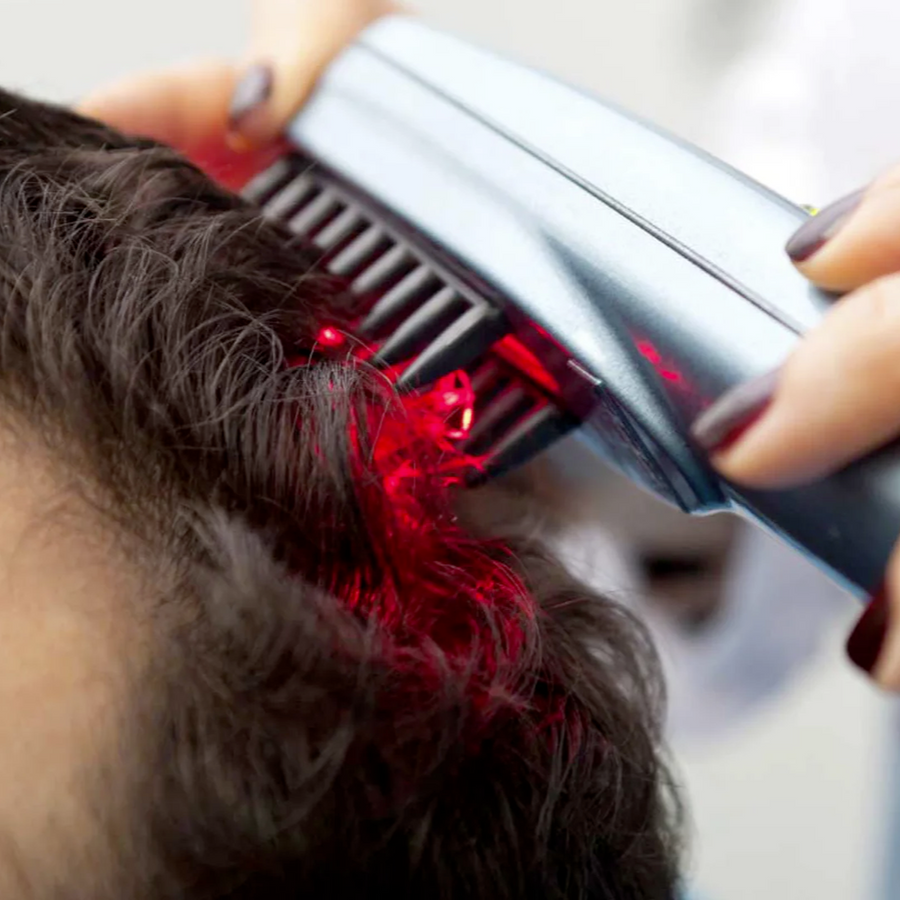

LLLT works by sending tiny low-strength lasers into your scalp, which promote follicular growth. (High-level lasers would fry things, whereas these low ones merely trigger cells into higher functionality. It;s the same reason laser masks are increasingly common in skincare, too.) There are many at-home LLLT caps on the market, but they tend to cost upwards of $1000. That being said, this will still save you significant money on the in-office treatments, which will run much, much higher than that tab in the end.
4. Condition More Than You Shampoo
It’s widely known that you don’t need to shampoo your hair every day, simply because you won’t likely accumulate enough dirt, grime, and sebum buildup to justify a daily sudsing. So, if you can manage an every-other-day shampooing, or even every third day, then it’s worth cutting back on the shampoo. However, don’t cut back on your conditioner in the same way. Conditioner always revives the hair after a wash, by pumping it full of even more vitamins and proteins.So, yes, you need to use it after each shampoo. But conditioner can also be used on the non-wash days to help rinse away minor grime, while simultaneously nourishing and strengthening the hair (and scalp, no less!). This act of “washing” with conditioner on the in-between shampoo days is known as “co-washing”.
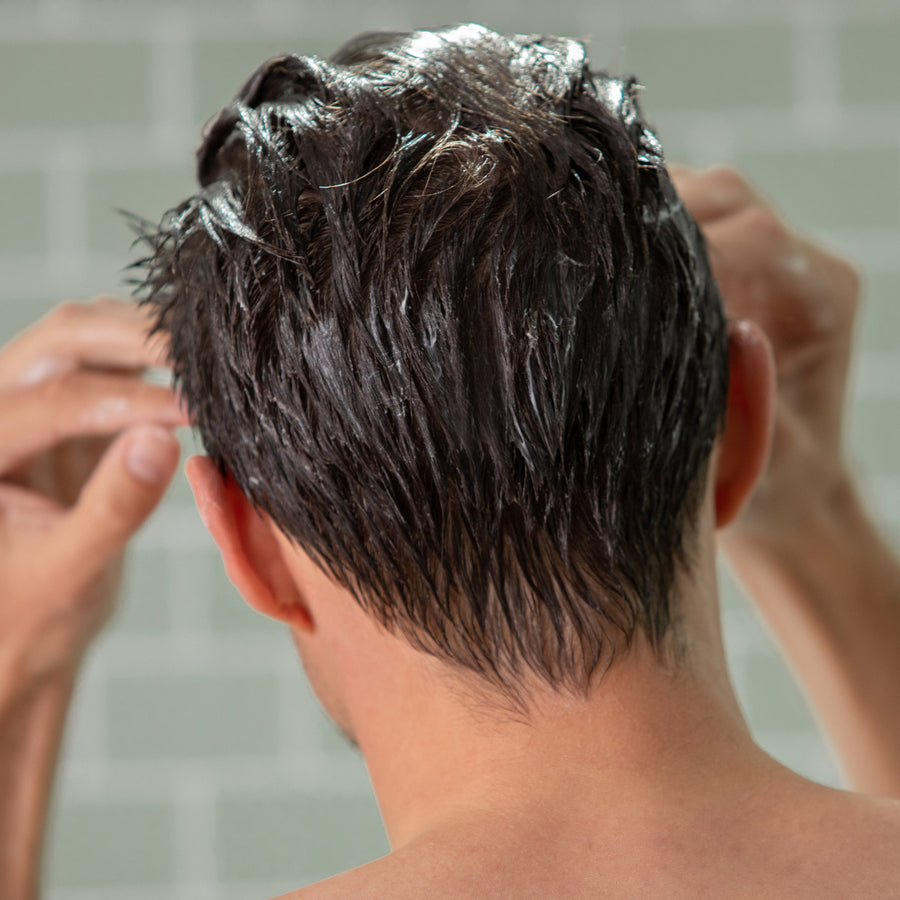

This process is important in the grand scheme of hair retention in that it fortifies the strands you currently have, preventing breakage, splitting, and lifelessness. It can go a long way in helping hair appear fuller, while also preventing the drying out of the scalp in the process.
5. Be Good to Your Body
One of the best ways to fortify hair growth is from within. Your overall wellness plays a huge role in hair health—just as it impacts your skin, your mood, your energy…
So, it should come as no surprise that, in order to promote healthier hair growth, you need to cut back on the things that ail you. This includes overly processed and sugary foods, alcohol, smoking, drug use, as well as stress, lack of sleep, dehydration, and so forth. You can certainly supplement your diet with pro-hair vitamins (biotin and saw palmetto tend to lead the pack for their ability to promote stronger hair growth and inhibit DHT, respectively), but the biggest effort you can make is to lead a healthy, hydrated, well-rested, stress-free life.
Shop the collection
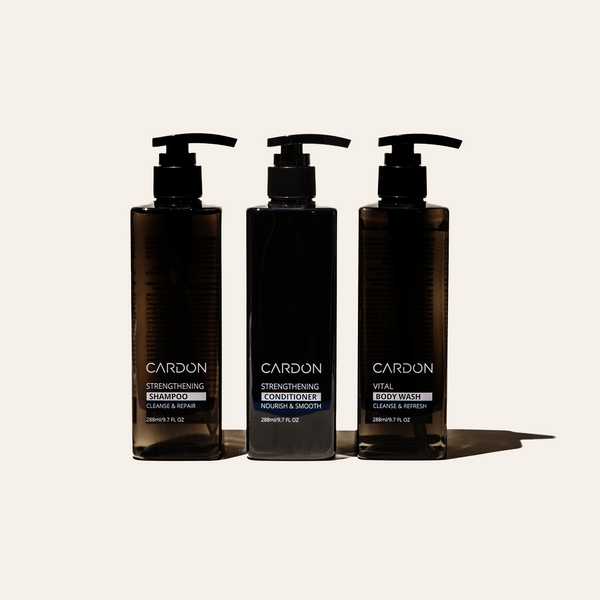
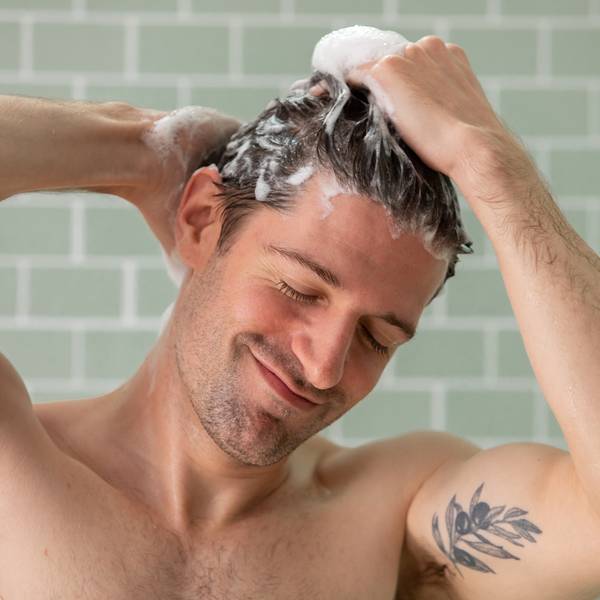
Hair + Body Shower Set
good for:
New + Improved: Same thickening formula now with biotin! The Hair + Body Shower Set has everything you need for an invigorating showertime routine, going beyond cleansing to strengthen, repair, and soothe your hair and skin. You—and your houseguests—will thank you for ditching the 3-in-1 for this trio.
*Vital Body Wash – winner of the 2022 GQ Grooming Awards
Includes Steps:
- 01 Hair Thickening + Strengthening Shampoo
- 02 Hair Thickening + Strengthening Conditioner
- 03 Vital Body Wash
Back in stock soon! Subscribe now + SAVE 30% Use SHOWER30. Ships by Nov. 11, 2025
Hair + Body Shower Set
good for:
New + Improved: Same thickening formula now with biotin! The Hair + Body Shower Set has everything you need for an invigorating showertime routine, going beyond cleansing to strengthen, repair, and soothe your hair and skin. You—and your houseguests—will thank you for ditching the 3-in-1 for this trio.
*Vital Body Wash – winner of the 2022 GQ Grooming Awards
Includes Steps:
- 01 Hair Thickening + Strengthening Shampoo
- 02 Hair Thickening + Strengthening Conditioner
- 03 Vital Body Wash
Back in stock soon! Subscribe now + SAVE 30% Use SHOWER30. Ships by Nov. 11, 2025
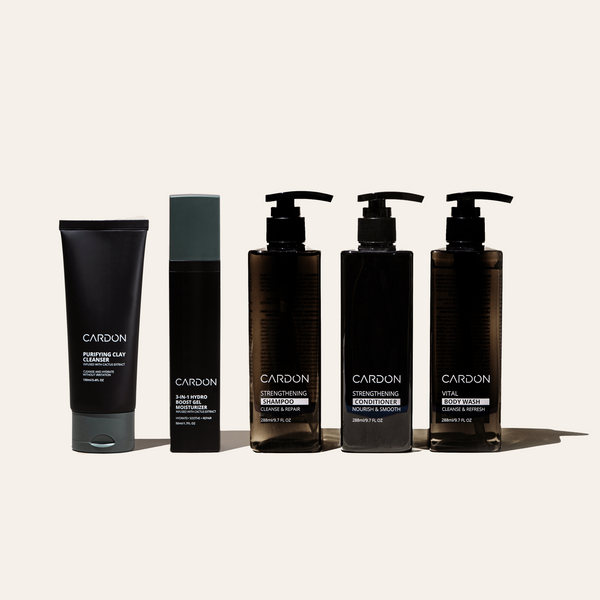
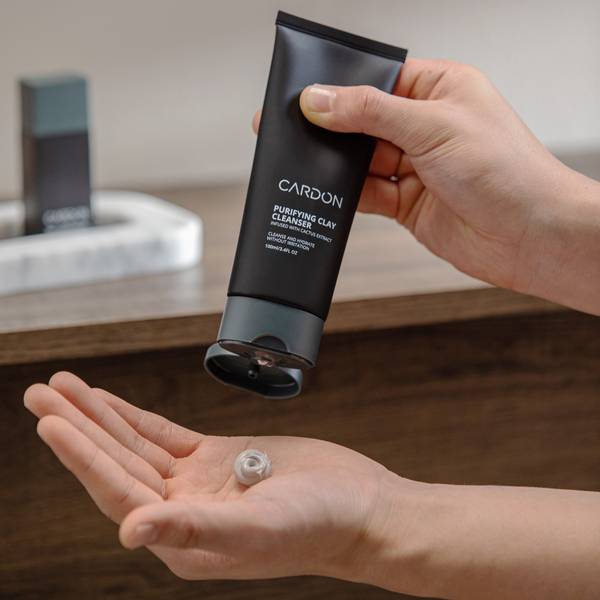
NEW
NEW
+ Hair
+ Body
Head-to-Toe Set
good for:
We've got you covered head to toe, literally. This set comes with a complete skin and hair care routine.
Includes our invigorating shampoo and conditioner to prevent hair loss, refreshing body wash to treat body acne, clay-infused face wash to deeply cleanse the face from debris, and lightweight gel moisturizer to soothe, rehydrate and repair skin while you sleep.
It's about time you treated the rest of your body as good as you treat your face.
Includes Steps:
- 01 Purifying Clay Cleanser
- 02 Hydro Boost Gel Moisturizer
- 03 Hair Thickening + Strengthening Shampoo
- 04 Hair Thickening + Strengthening Conditioner
- 05 Vital Body Wash
Back in stock soon! Subscribe now + SAVE 30% Use SHOWER30. Ships by Nov. 11, 2025
Head-to-Toe Set
good for:
We've got you covered head to toe, literally. This set comes with a complete skin and hair care routine.
Includes our invigorating shampoo and conditioner to prevent hair loss, refreshing body wash to treat body acne, clay-infused face wash to deeply cleanse the face from debris, and lightweight gel moisturizer to soothe, rehydrate and repair skin while you sleep.
It's about time you treated the rest of your body as good as you treat your face.
Includes Steps:
- 01 Purifying Clay Cleanser
- 02 Hydro Boost Gel Moisturizer
- 03 Hair Thickening + Strengthening Shampoo
- 04 Hair Thickening + Strengthening Conditioner
- 05 Vital Body Wash
Back in stock soon! Subscribe now + SAVE 30% Use SHOWER30. Ships by Nov. 11, 2025


Hair Loss
Healthy Hair Duo
good for:
New + Improved: Same thickening formula now with biotin! Teamwork makes your hair dreams work.
Our highly-rated Hair Thickening + Strengthening Shampoo and Conditioner teams up to get to the root of hair loss, strengthening and nourishing hair starting right at the scalp. Achieve thicker, healthier follicles with the help of our protein and vitamin-packed formula.
Includes Steps:
- 01 Hair Thickening + Strengthening Shampoo
- 02 Hair Thickening + Strengthening Conditioner
Never go empty! Subscribe + Save 15%
Healthy Hair Duo
good for:
New + Improved: Same thickening formula now with biotin! Teamwork makes your hair dreams work.
Our highly-rated Hair Thickening + Strengthening Shampoo and Conditioner teams up to get to the root of hair loss, strengthening and nourishing hair starting right at the scalp. Achieve thicker, healthier follicles with the help of our protein and vitamin-packed formula.
Includes Steps:
- 01 Hair Thickening + Strengthening Shampoo
- 02 Hair Thickening + Strengthening Conditioner
Never go empty! Subscribe + Save 15%
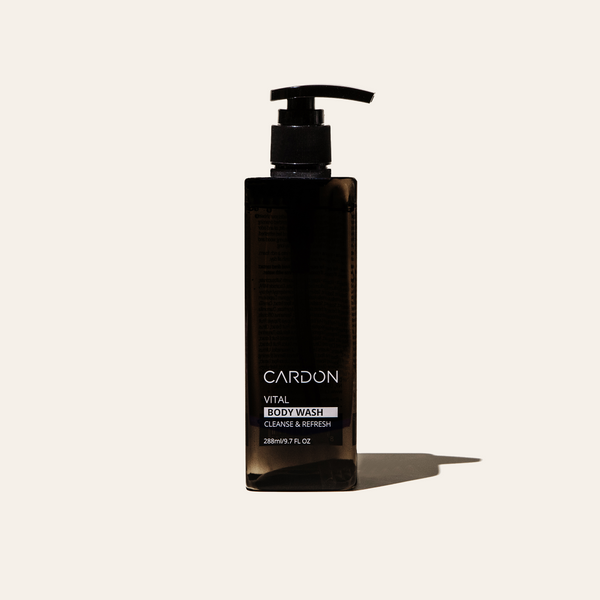
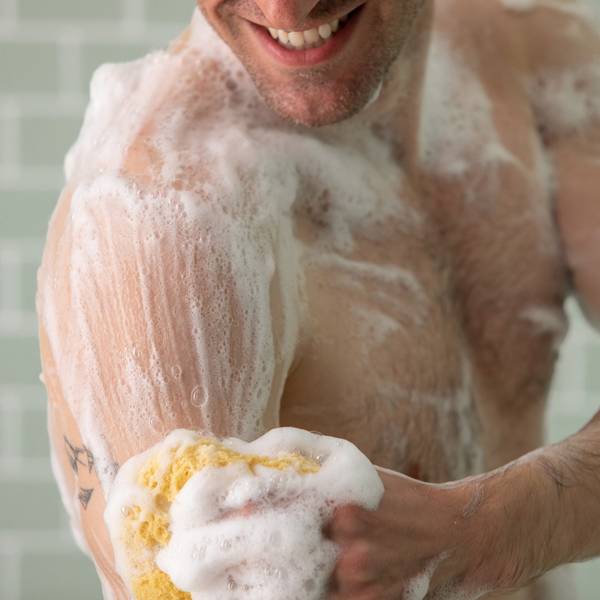
AWARD
Vital Body Wash
good for:
Step up your shower game with the Vital Body Wash, an energizing, body-acne clearing emulsion and 2022 GQ Grooming Award Winner!
The active lather uses natural, non-stripping ingredients like Green Tea and Sea Buckthorn to deeply cleanse, tackle breakouts, and combat body odor. The invigorating woody fragrance blend will make your skin smell as good as it looks.
Back in stock soon! Order now. Ships by Nov. 11, 2025
Vital Body Wash
good for:
Step up your shower game with the Vital Body Wash, an energizing, body-acne clearing emulsion and 2022 GQ Grooming Award Winner!
The active lather uses natural, non-stripping ingredients like Green Tea and Sea Buckthorn to deeply cleanse, tackle breakouts, and combat body odor. The invigorating woody fragrance blend will make your skin smell as good as it looks.
Back in stock soon! Order now. Ships by Nov. 11, 2025

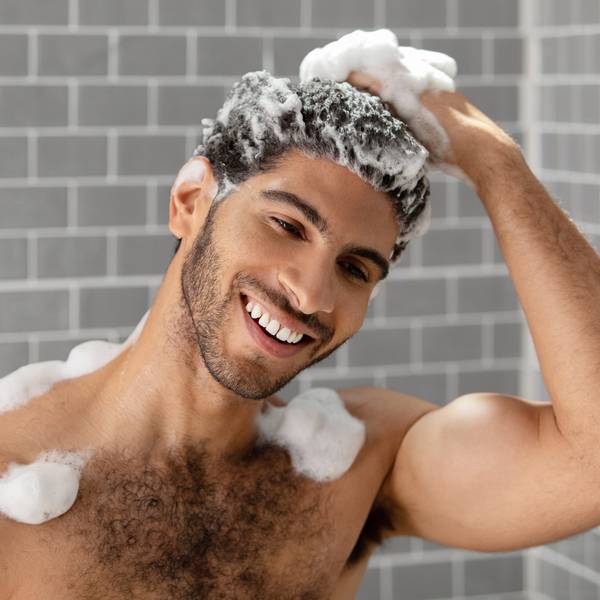
Hair Thickening + Strengthening Shampoo
good for:
New + Improved: Same thickening formula now with biotin! Stop hair loss—from receding hairlines to thinning hair—with the first step in your shower routine.
Our protein-packed Hair Thickening + Strengthening Shampoo uses niacinamide, vitamin B5, and yeast extract to restore hair follicles while protecting the scalp and reducing flakiness, too. The result? Thicker, stronger hair that’s here to stay.
“A true example of less is more. This shampoo is perfect. Leaves my hair feeling and looking healthy and thick and does not irritate my sensitive skin. A must add to my Cardon skincare regimen.” - David N.
Hair Thickening + Strengthening Shampoo
good for:
New + Improved: Same thickening formula now with biotin! Stop hair loss—from receding hairlines to thinning hair—with the first step in your shower routine.
Our protein-packed Hair Thickening + Strengthening Shampoo uses niacinamide, vitamin B5, and yeast extract to restore hair follicles while protecting the scalp and reducing flakiness, too. The result? Thicker, stronger hair that’s here to stay.
“A true example of less is more. This shampoo is perfect. Leaves my hair feeling and looking healthy and thick and does not irritate my sensitive skin. A must add to my Cardon skincare regimen.” - David N.
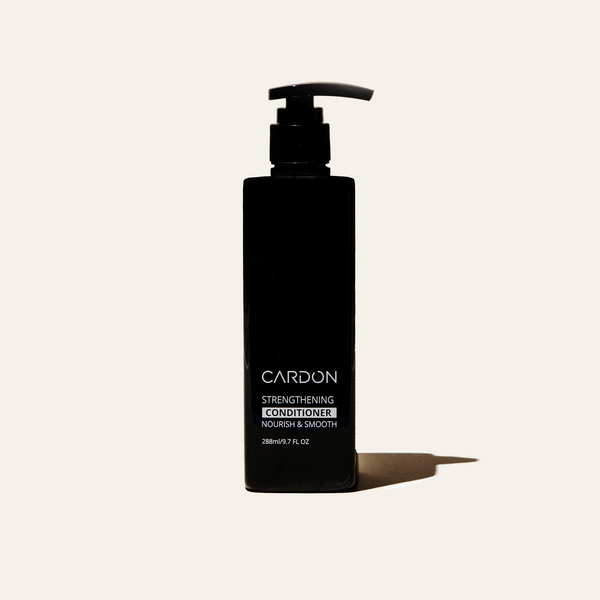

Hair Loss
Hair Thickening + Strengthening Conditioner
good for:
New + Improved: Same thickening formula now with biotin! Finally, a conditioner that doesn’t just soothe—but strengthens, too.
Our Strengthening Conditioner uses Niacinamide and Yeast Extract to get to the root of hair loss issues, nourishing the hair starting right at the scalp for stronger hair that’s smooth as silk.
“A perfect compliment to the shampoo. Adds amazing hydration to the hair, leaving it soft (even with hard water)! A nice, but not overpowering, menthol scent.” - Steve C.
Hair Thickening + Strengthening Conditioner
good for:
New + Improved: Same thickening formula now with biotin! Finally, a conditioner that doesn’t just soothe—but strengthens, too.
Our Strengthening Conditioner uses Niacinamide and Yeast Extract to get to the root of hair loss issues, nourishing the hair starting right at the scalp for stronger hair that’s smooth as silk.
“A perfect compliment to the shampoo. Adds amazing hydration to the hair, leaving it soft (even with hard water)! A nice, but not overpowering, menthol scent.” - Steve C.

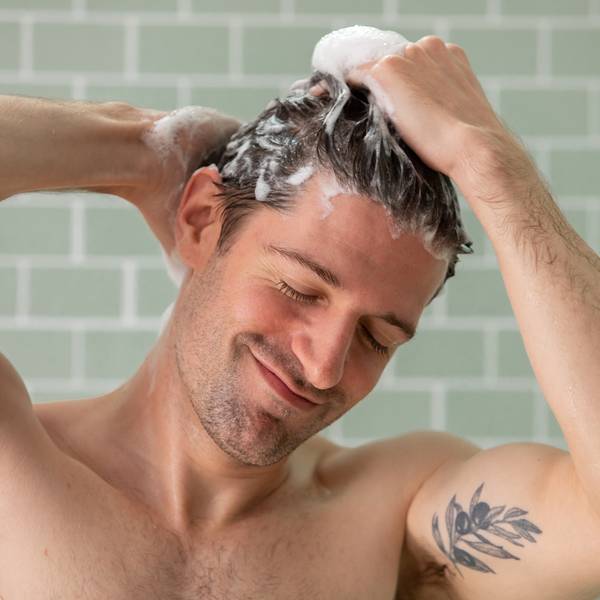
NEW
NEW
Cleanse + Refresh Set
good for:
Hit refresh! The Cleanse + Refresh Set gives you the ultimate cleanse from head to toe with highly-effective skincare-grade formulas. Strengthening Shampoo boosts hair volume, Vital Body Wash fights dryness and breakouts, and Purifying Clay Cleanser keeps your skin clear and balanced. It's the perfect set for a fresh, confident look every day!
Pro tip: Use Purifying Clay Cleanser as a spot treatment for pimples or pore-clearing clay mask. Apply to the affected area or the full face and rinse off after 10 minutes.
Includes Steps:
- 01 Purifying Clay Cleanser
- 02 Hair Thickening + Strengthening Shampoo
- 03 Vital Body Wash
Back in stock soon! Order now. Ships by Nov. 11, 2025
Cleanse + Refresh Set
good for:
Hit refresh! The Cleanse + Refresh Set gives you the ultimate cleanse from head to toe with highly-effective skincare-grade formulas. Strengthening Shampoo boosts hair volume, Vital Body Wash fights dryness and breakouts, and Purifying Clay Cleanser keeps your skin clear and balanced. It's the perfect set for a fresh, confident look every day!
Pro tip: Use Purifying Clay Cleanser as a spot treatment for pimples or pore-clearing clay mask. Apply to the affected area or the full face and rinse off after 10 minutes.
Includes Steps:
- 01 Purifying Clay Cleanser
- 02 Hair Thickening + Strengthening Shampoo
- 03 Vital Body Wash
Back in stock soon! Order now. Ships by Nov. 11, 2025
Cardon Products Are
Easy to Use
We never create two products when we can achieve the same results with one. Cardon products are designed to be easy to use every day.
Backed By Korean Innovation
Korean R&D is two decades ahead of the rest of the world. Cardon products use the highest quality, most effective ingredients out there.
Non-Toxic
Finally, an ingredient label you can feel good about. Every ingredient in Cardon products is good for your skin, and easy on the mind.
